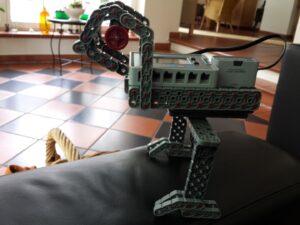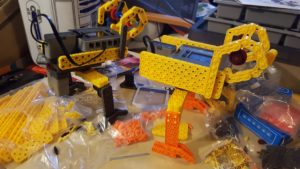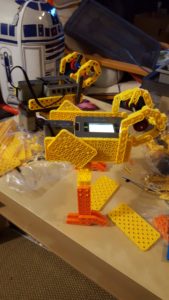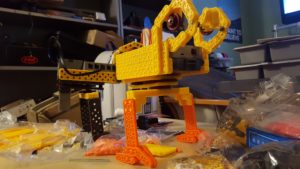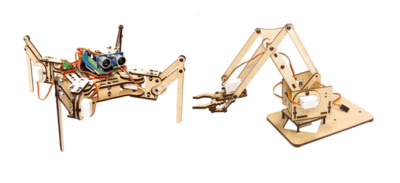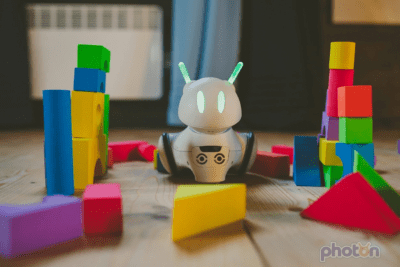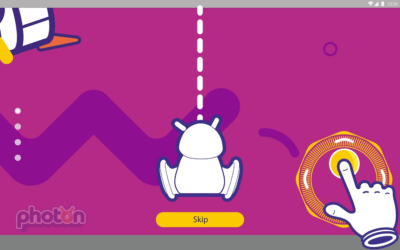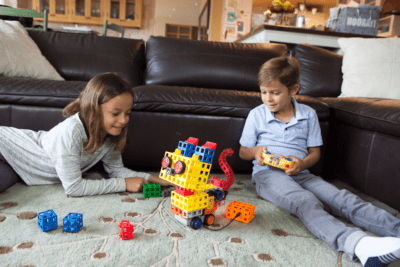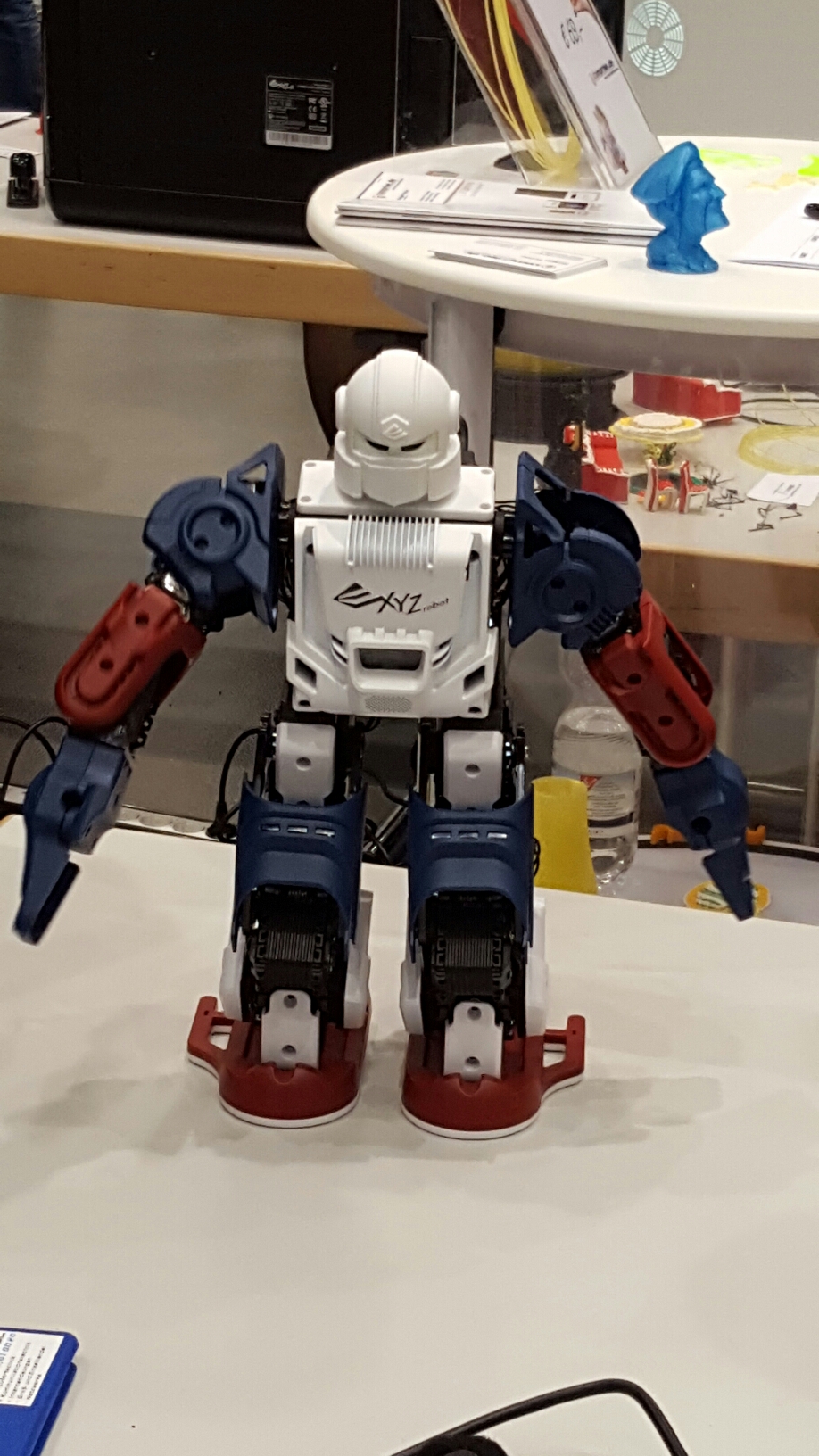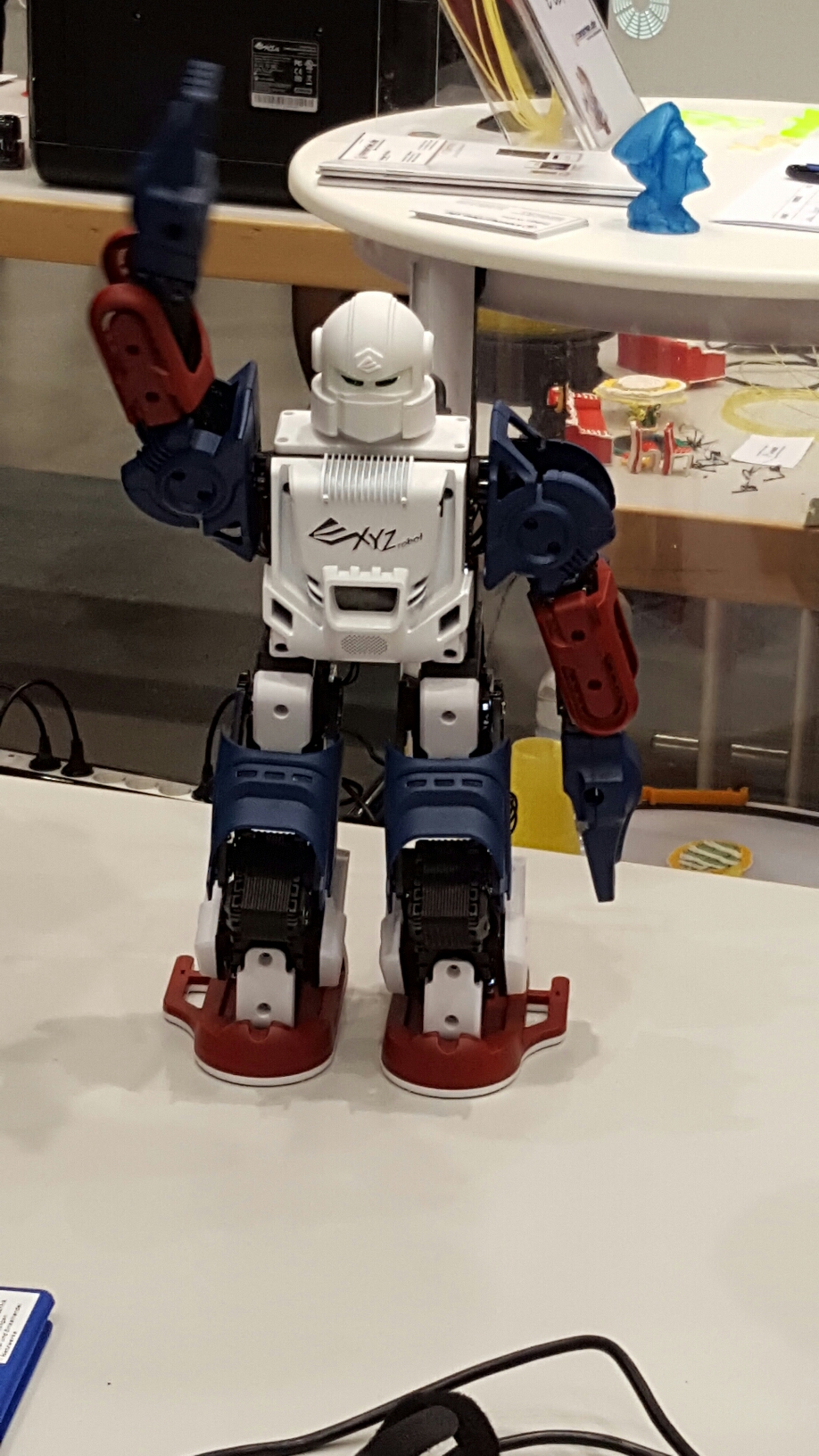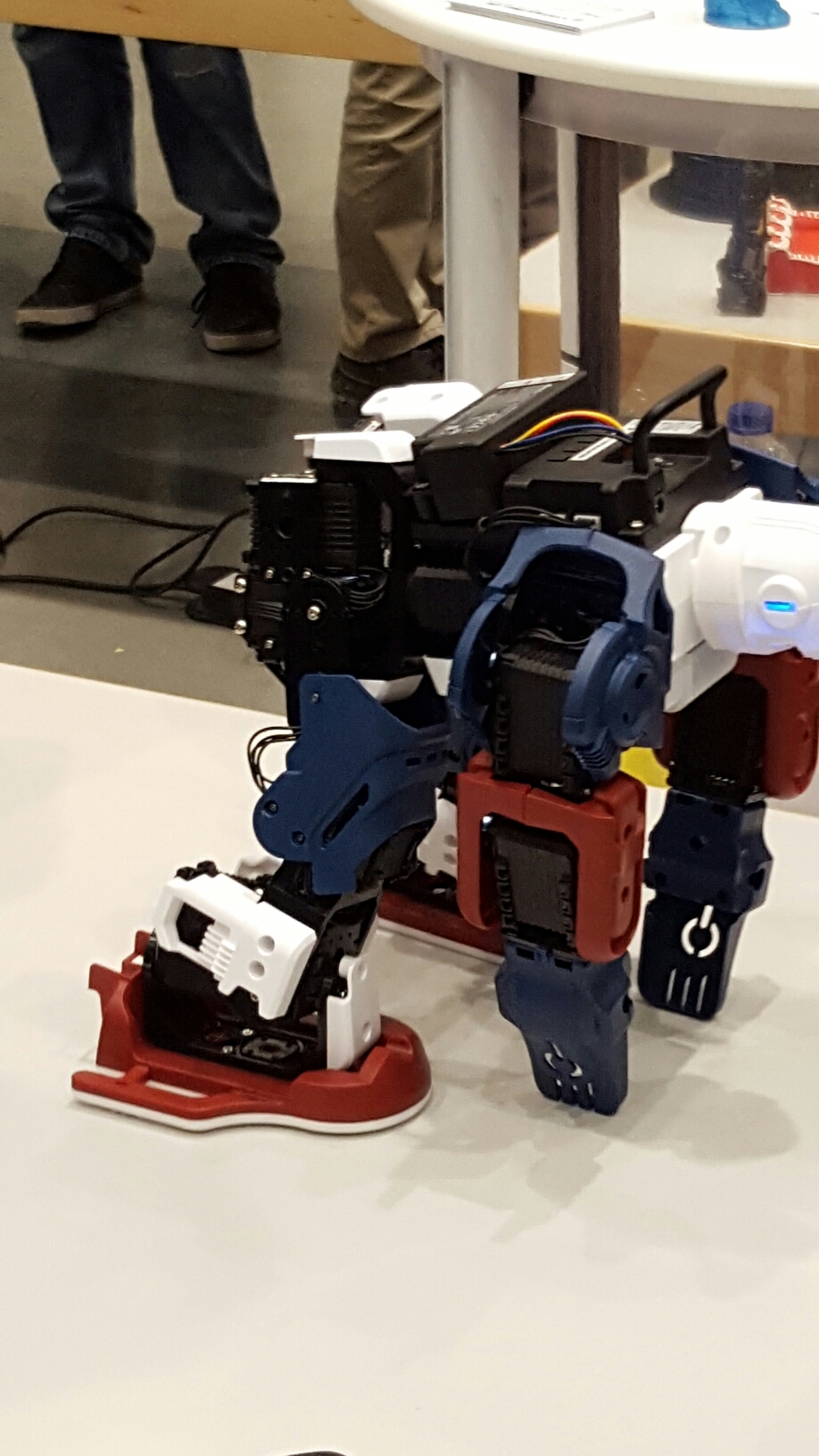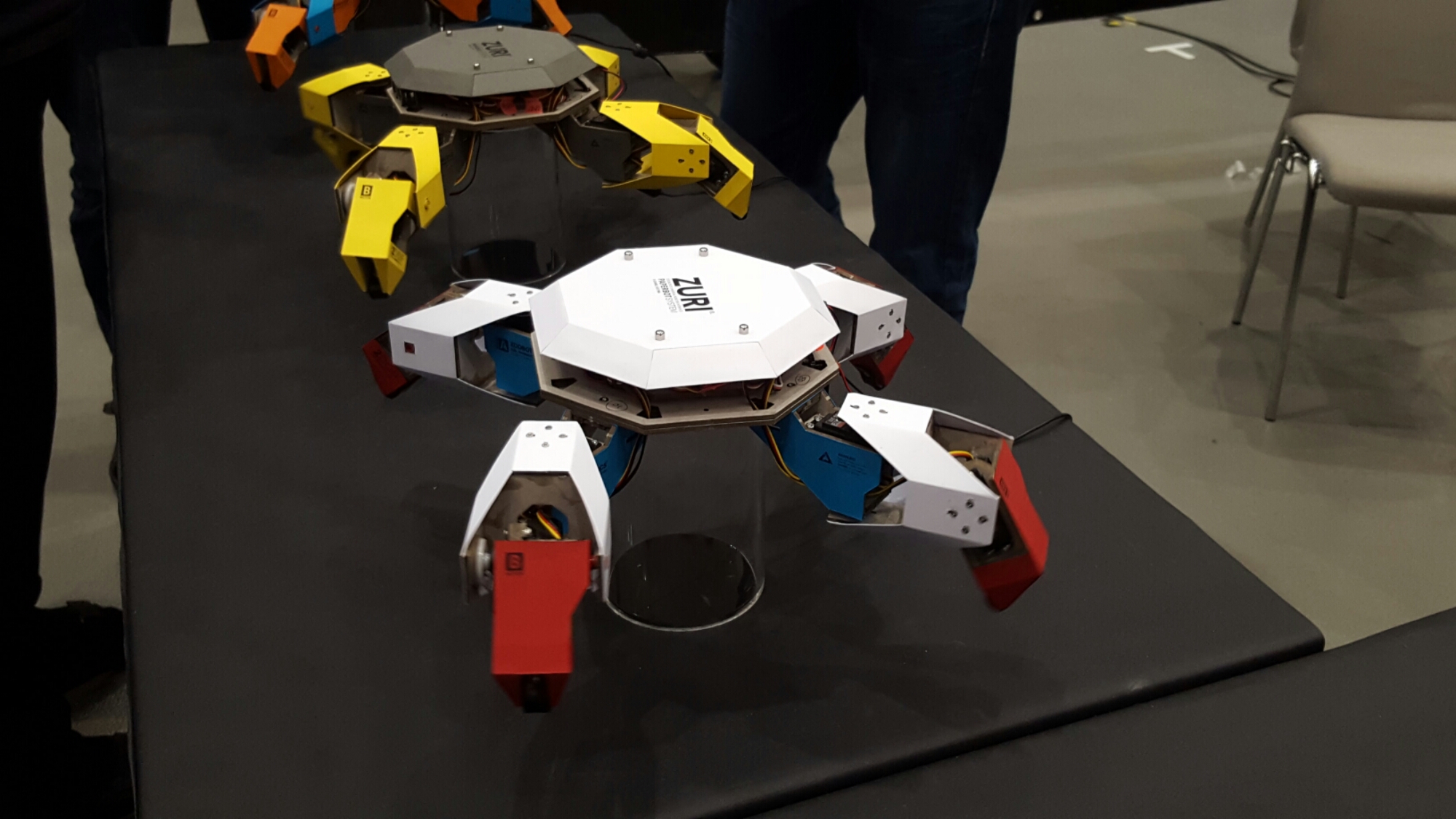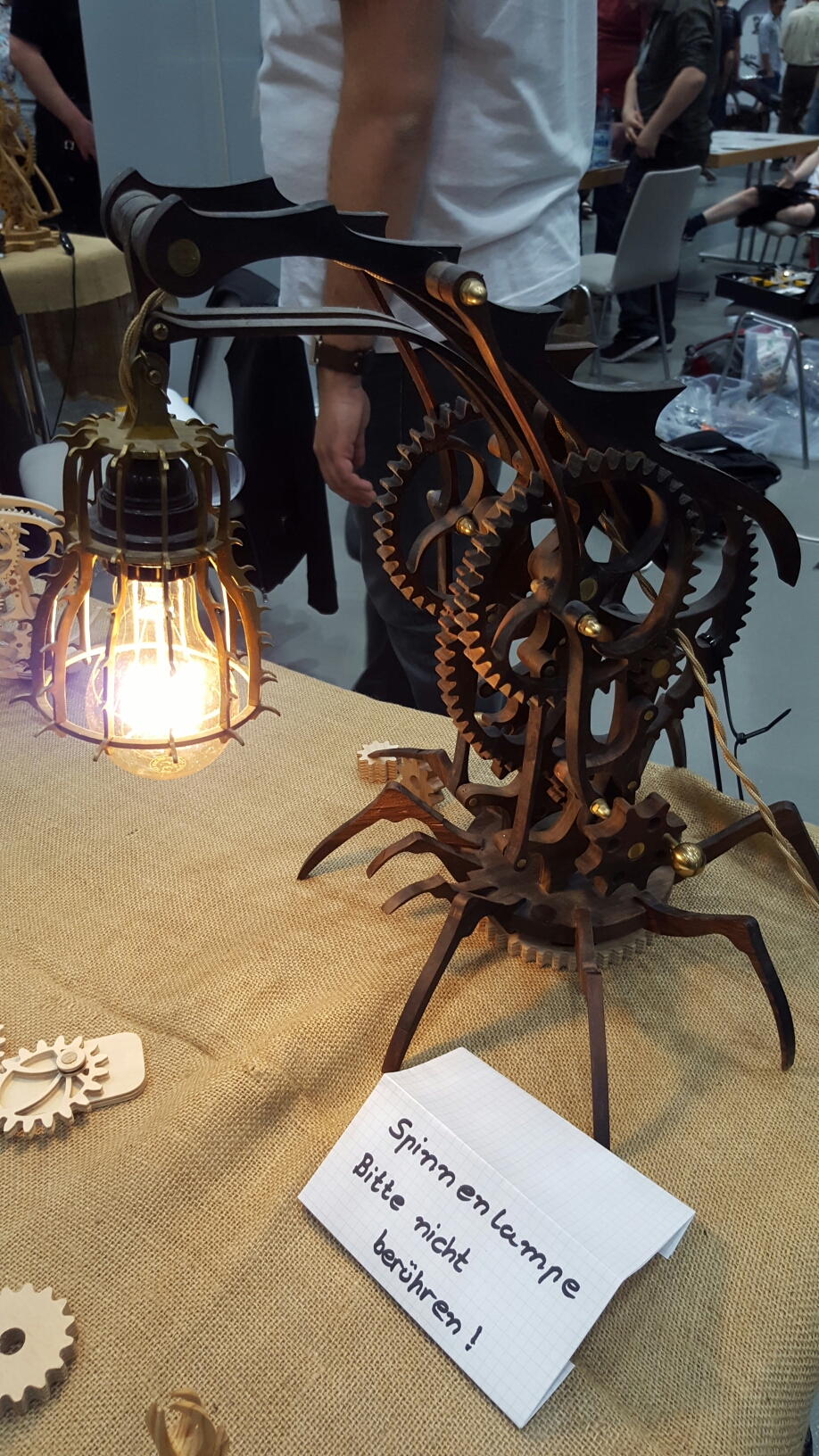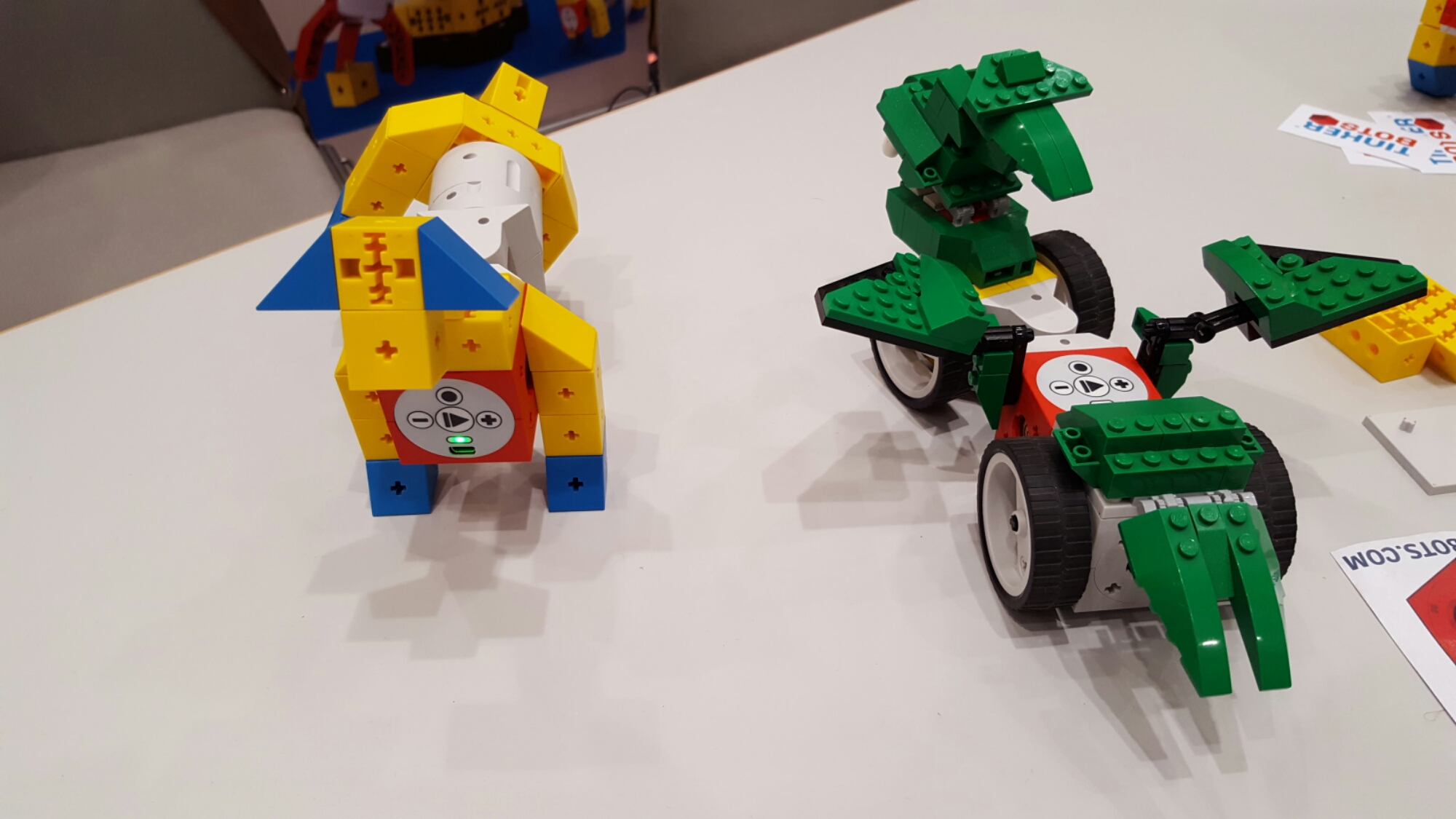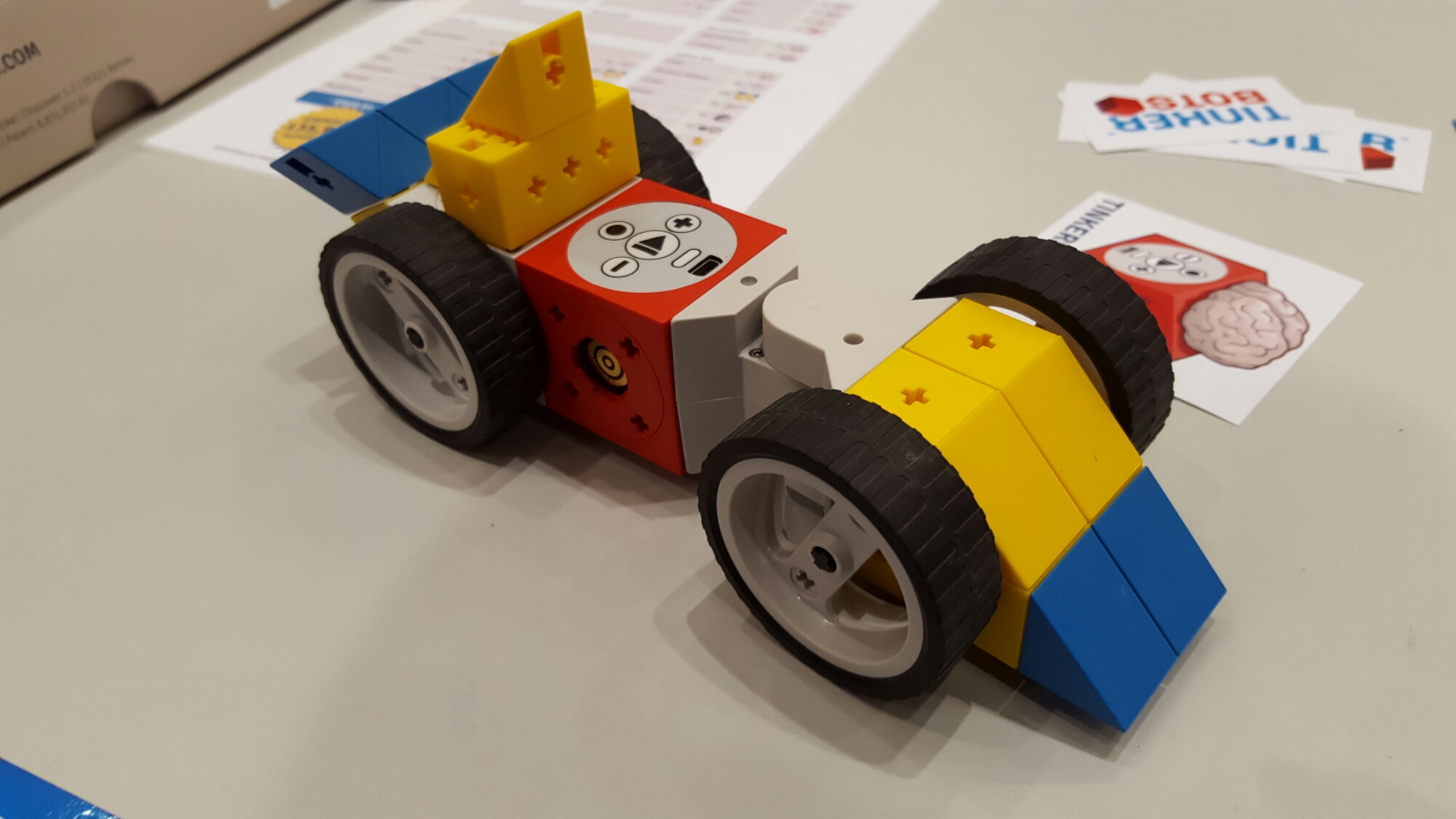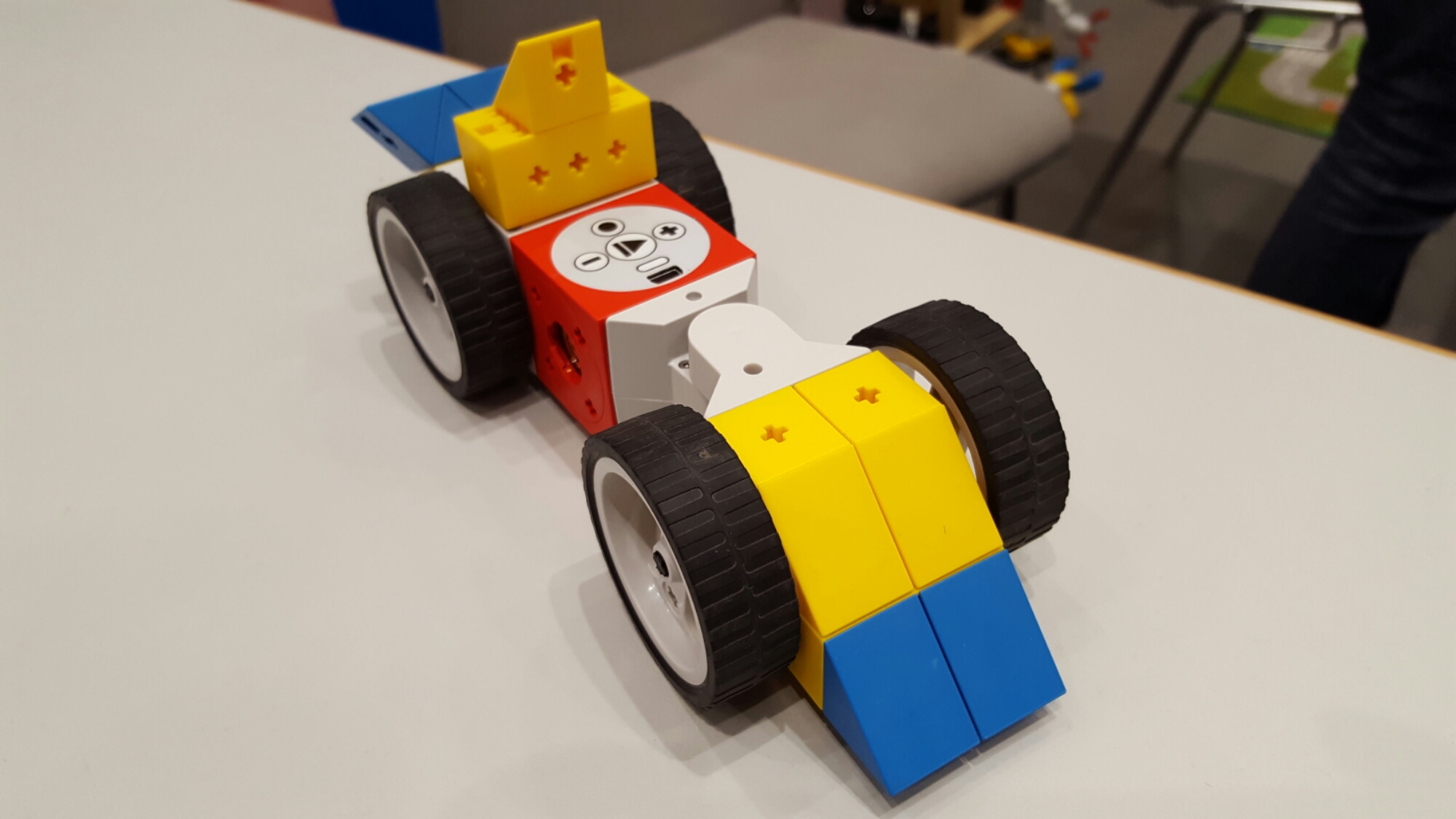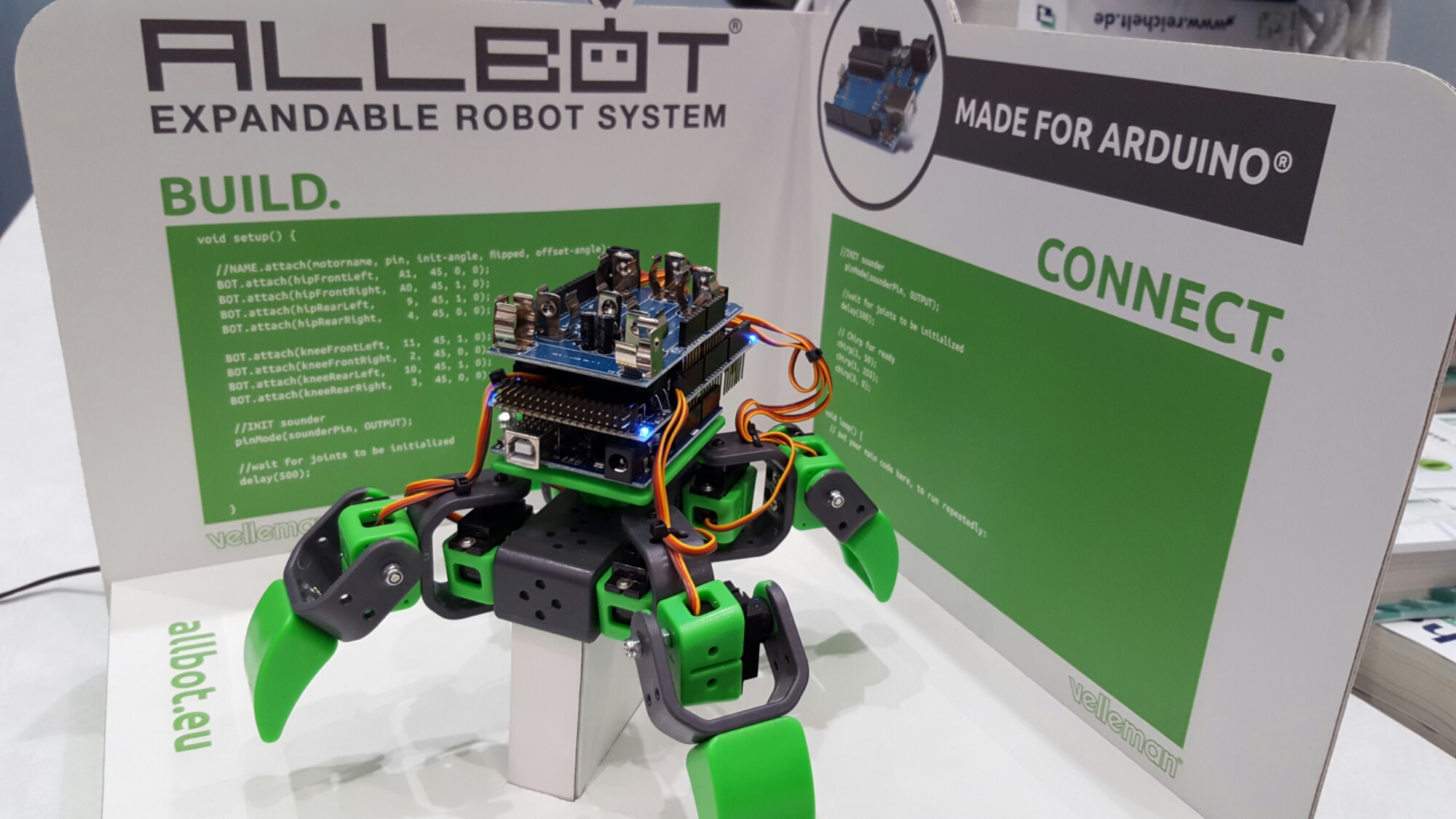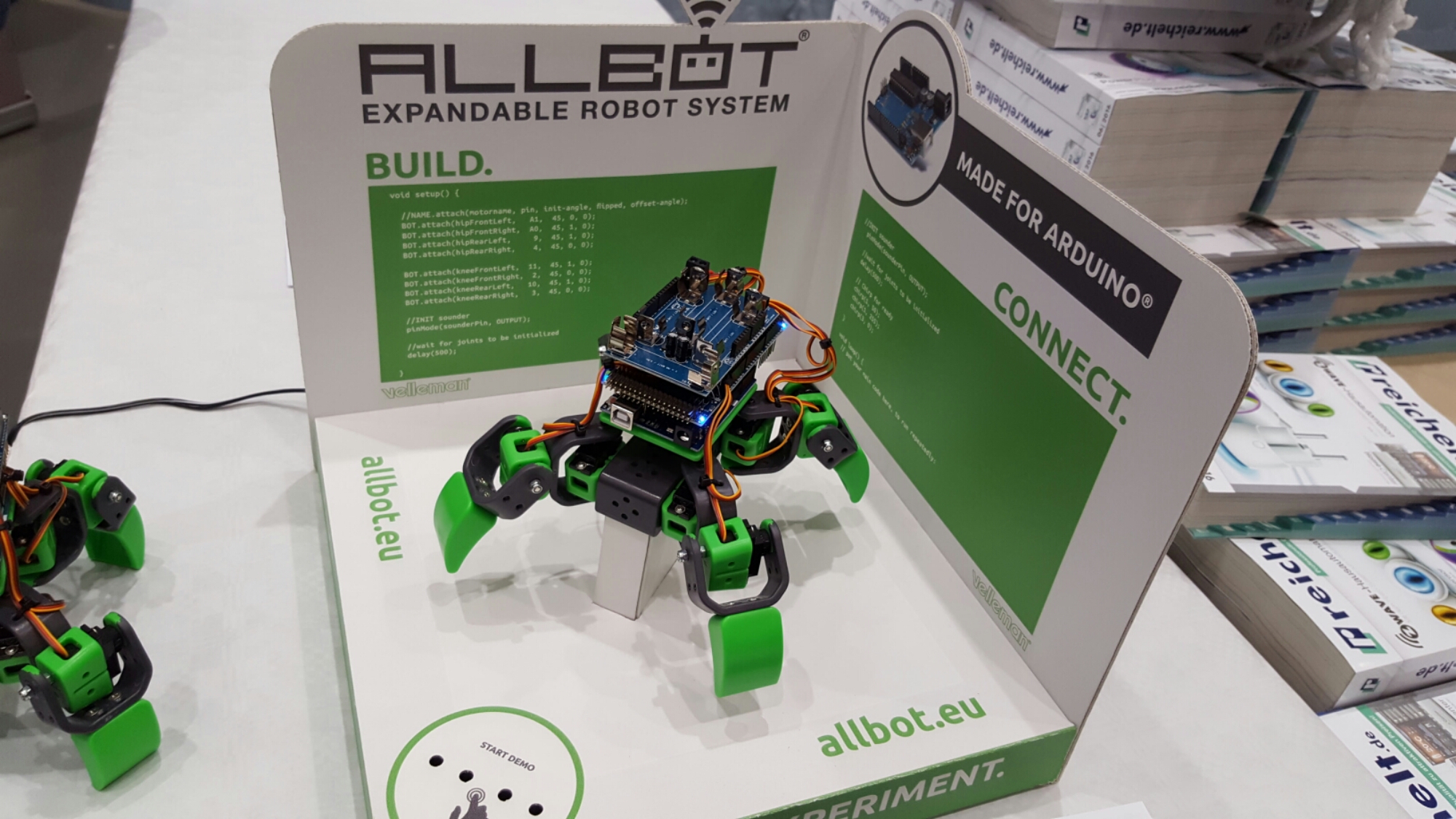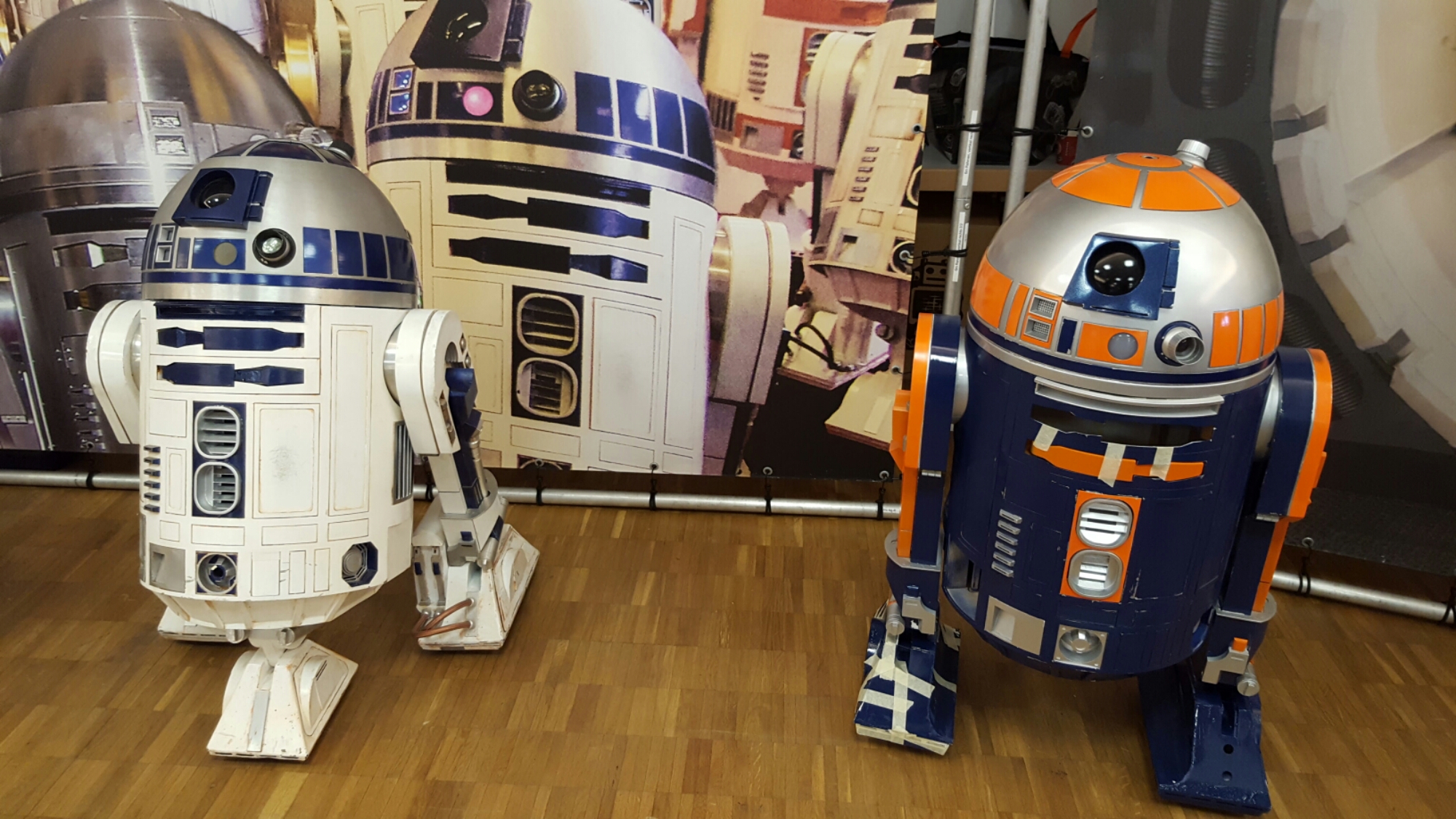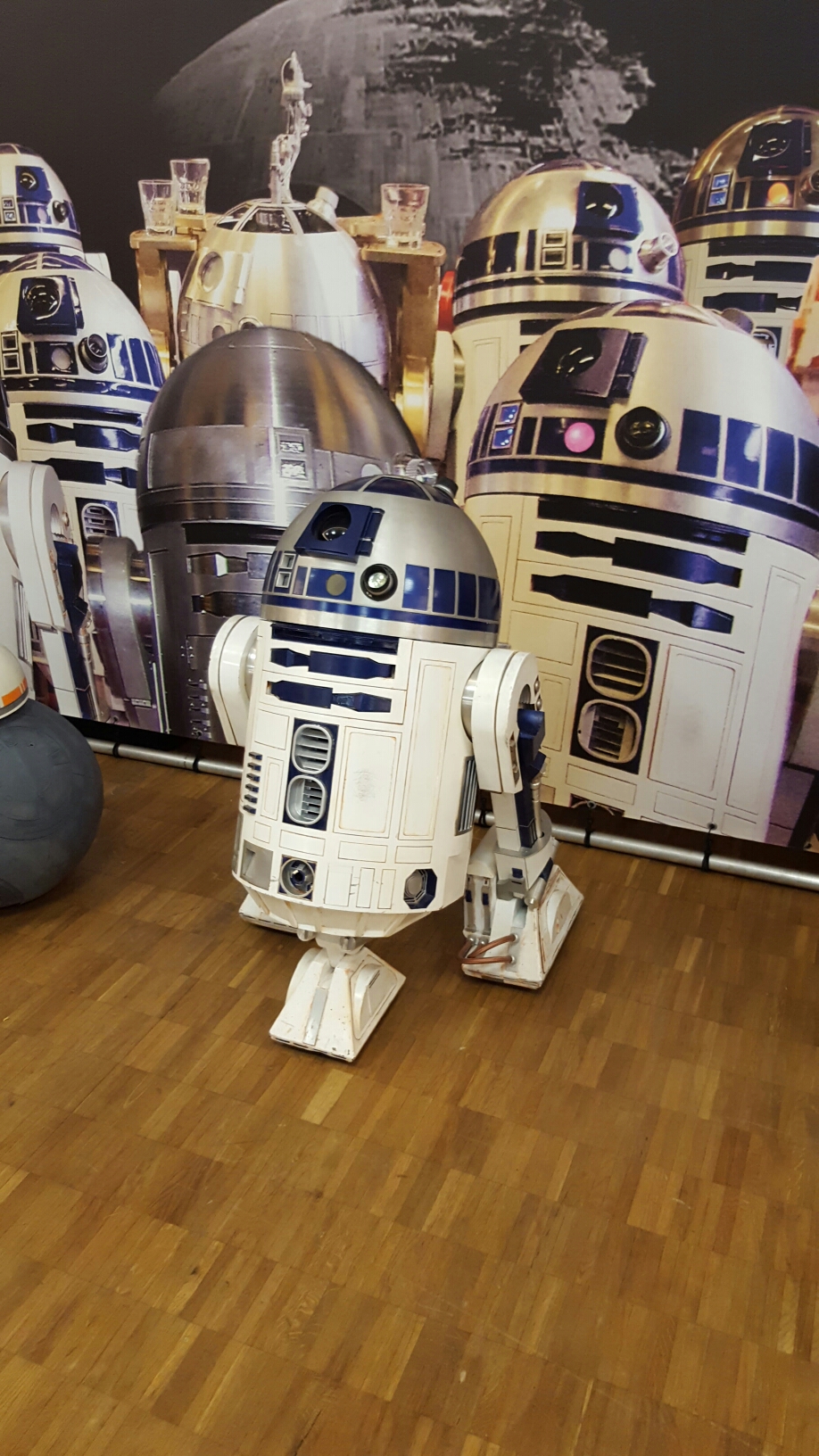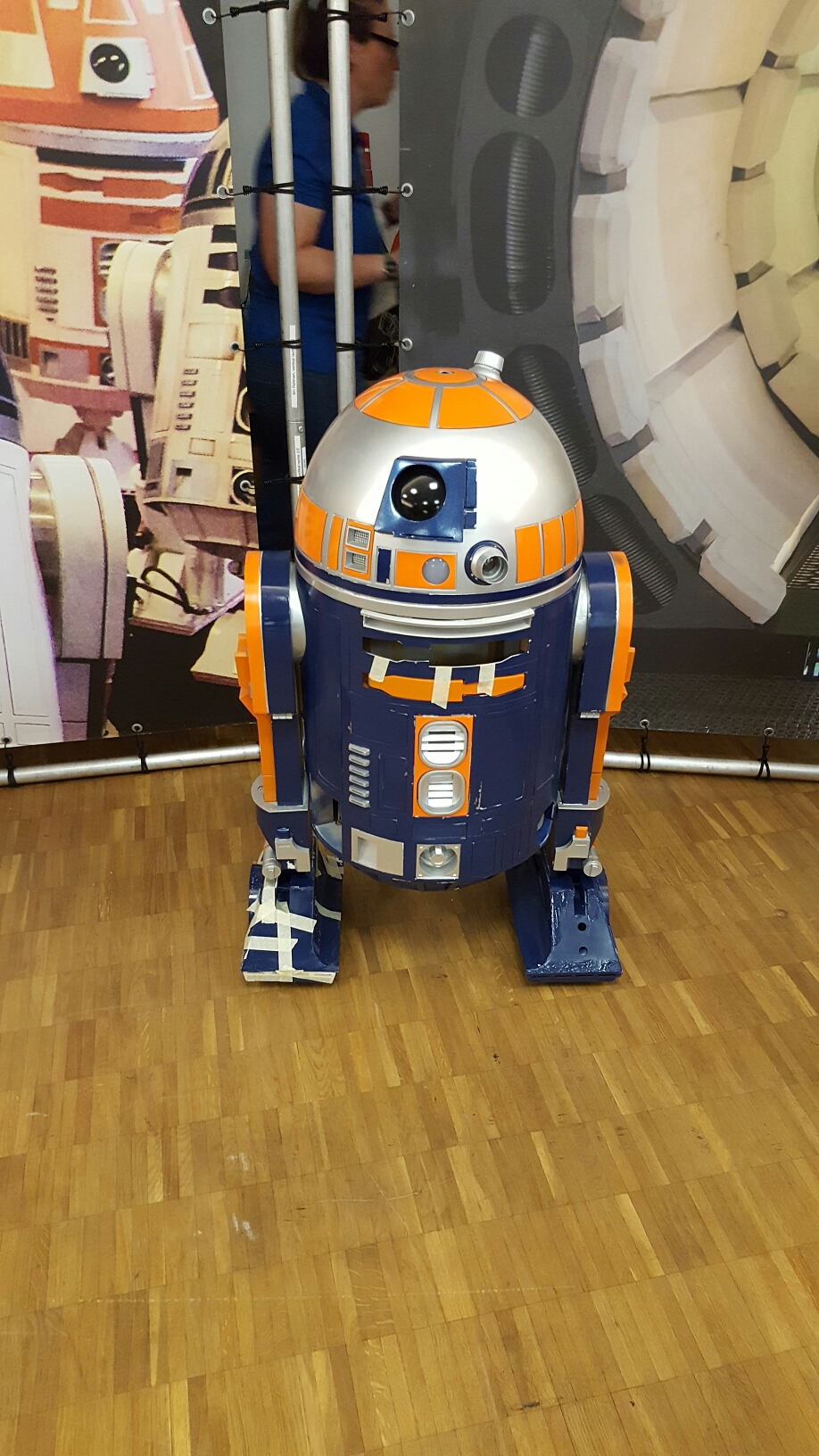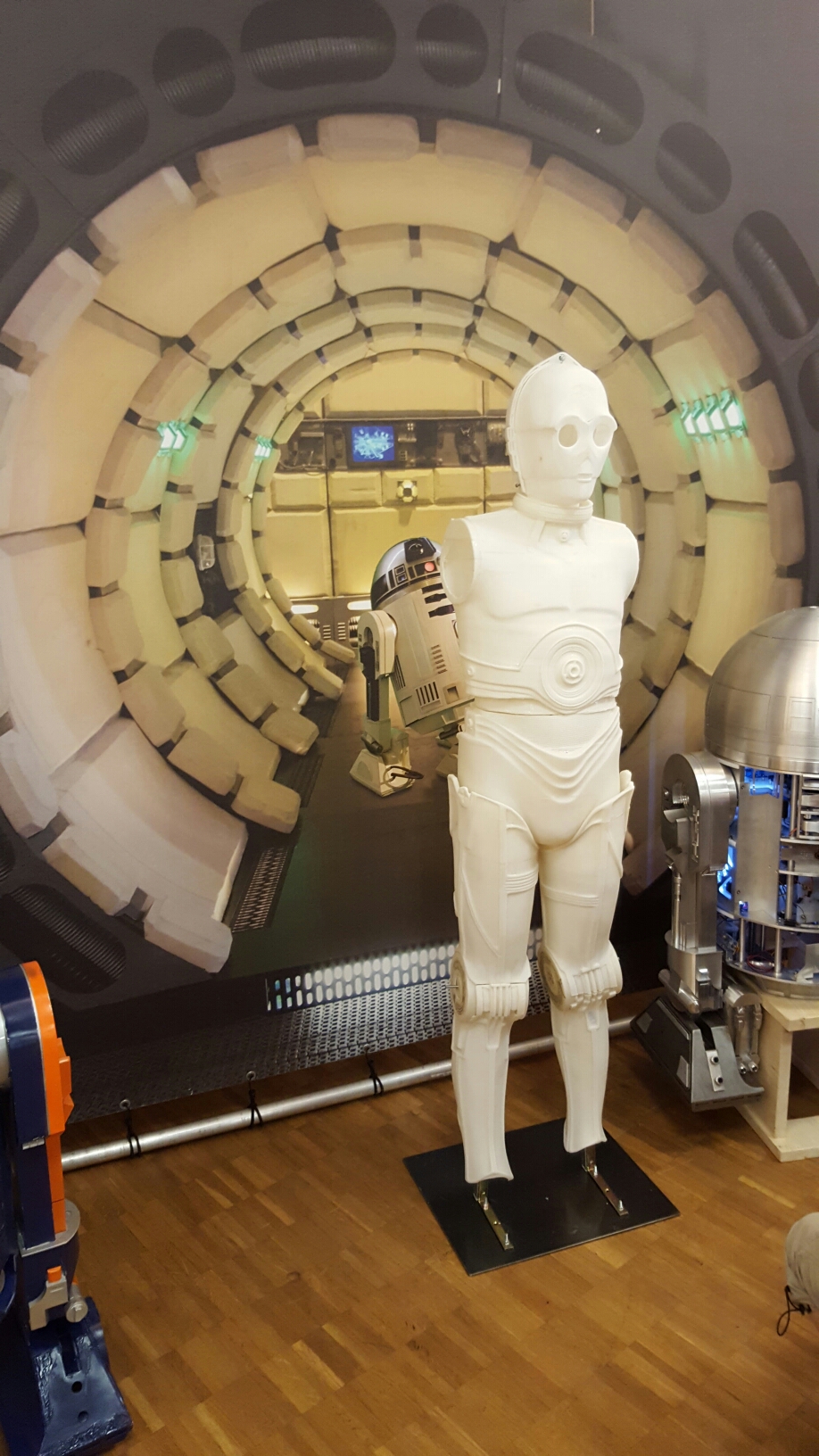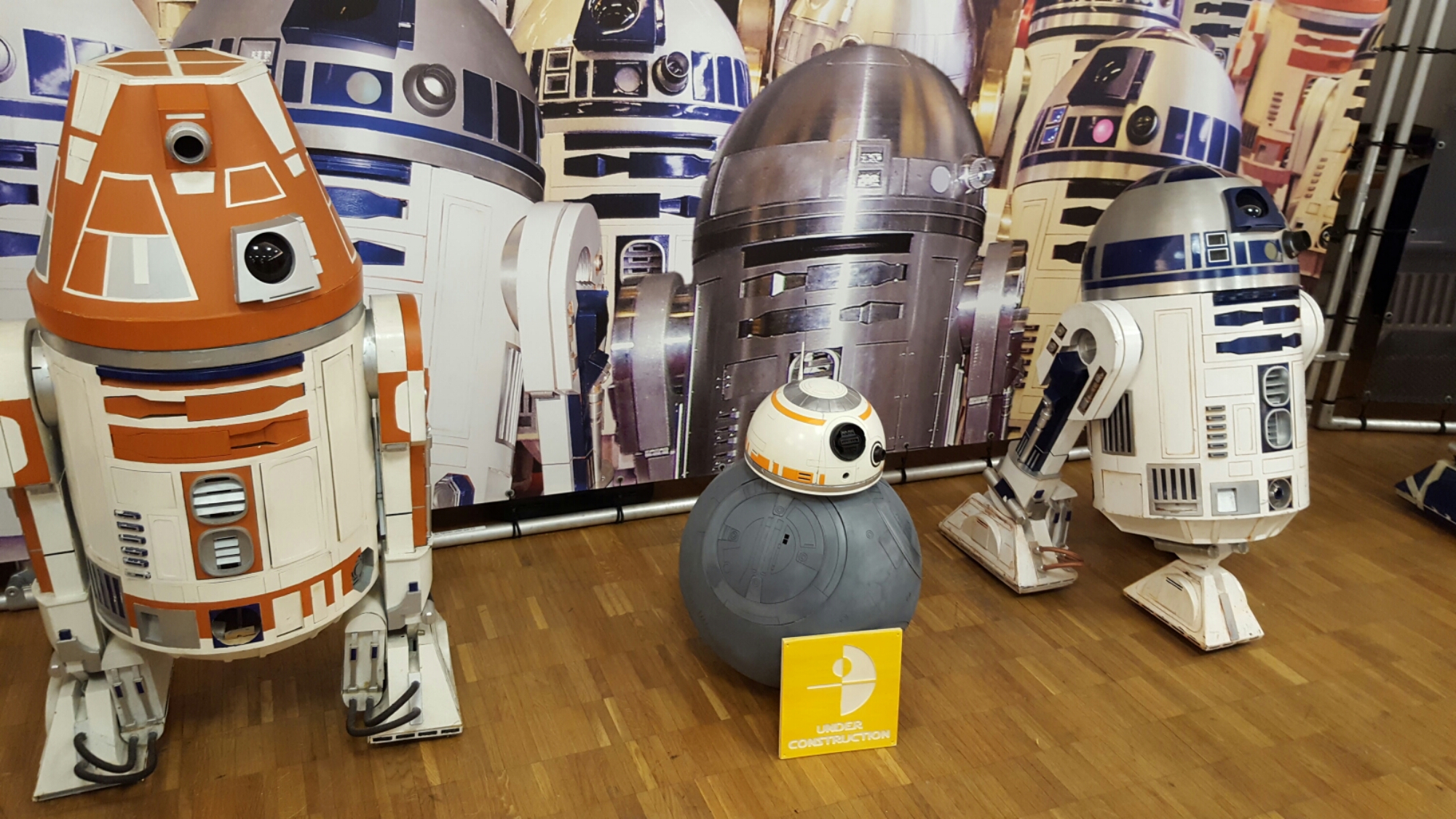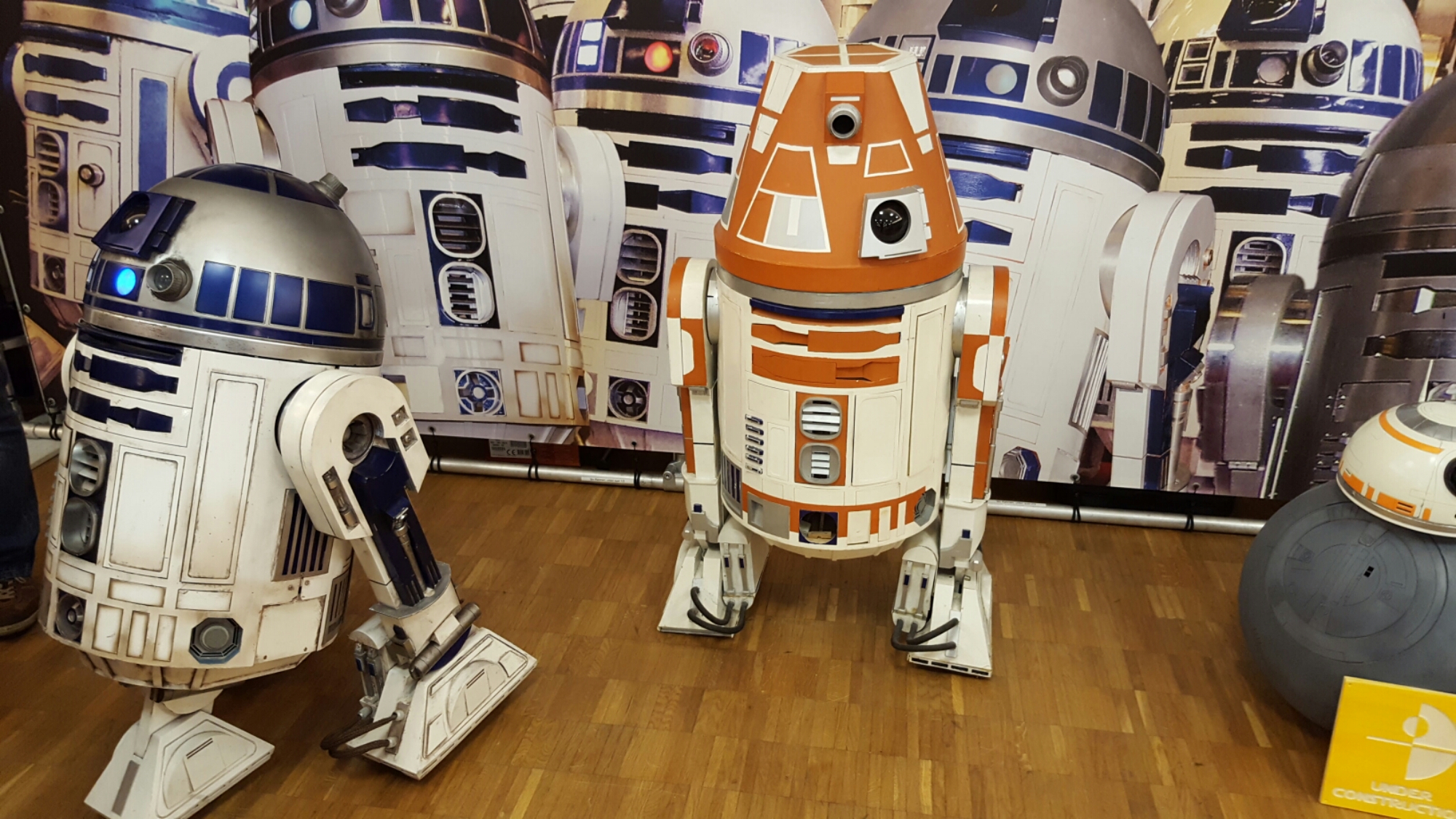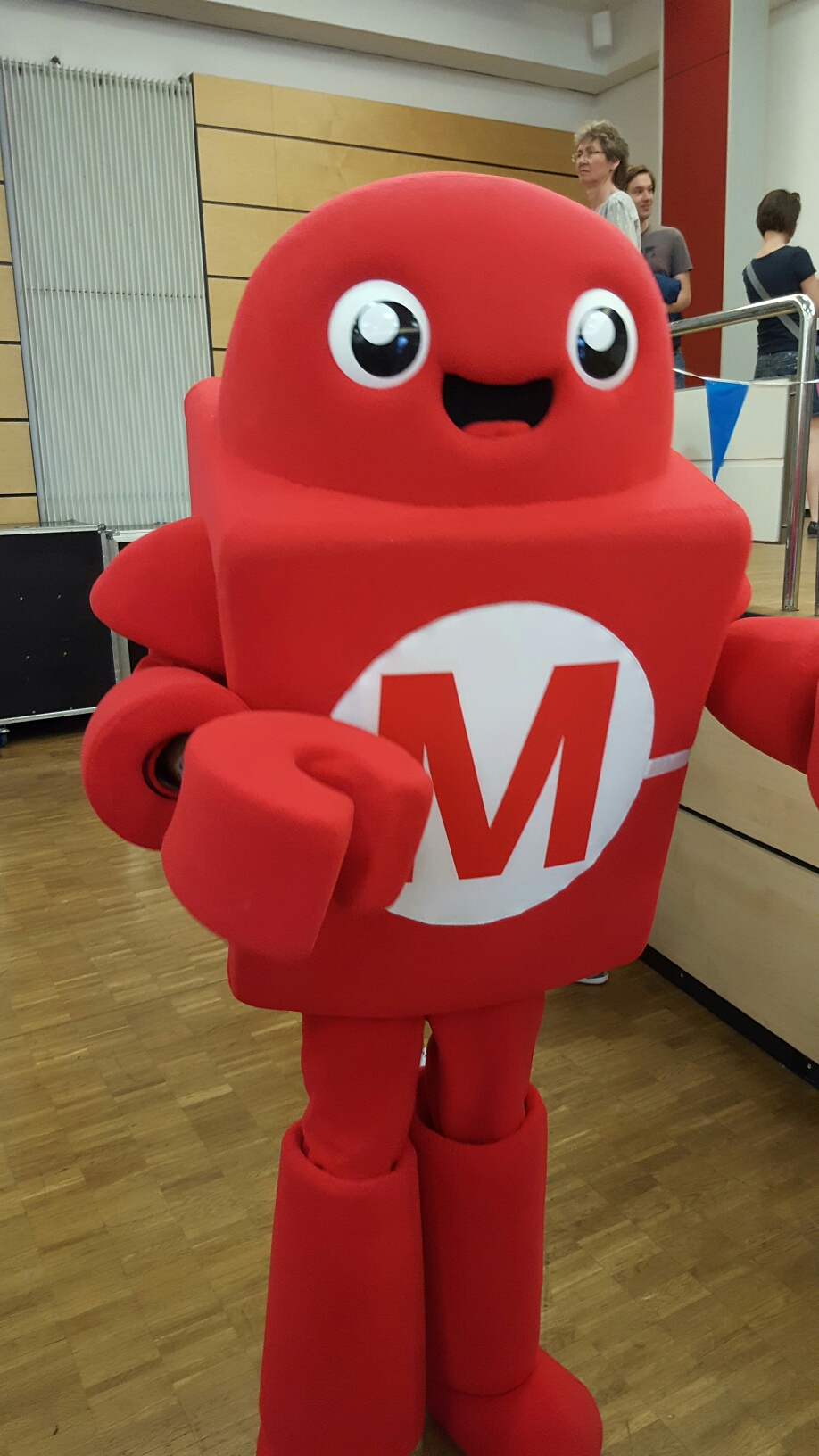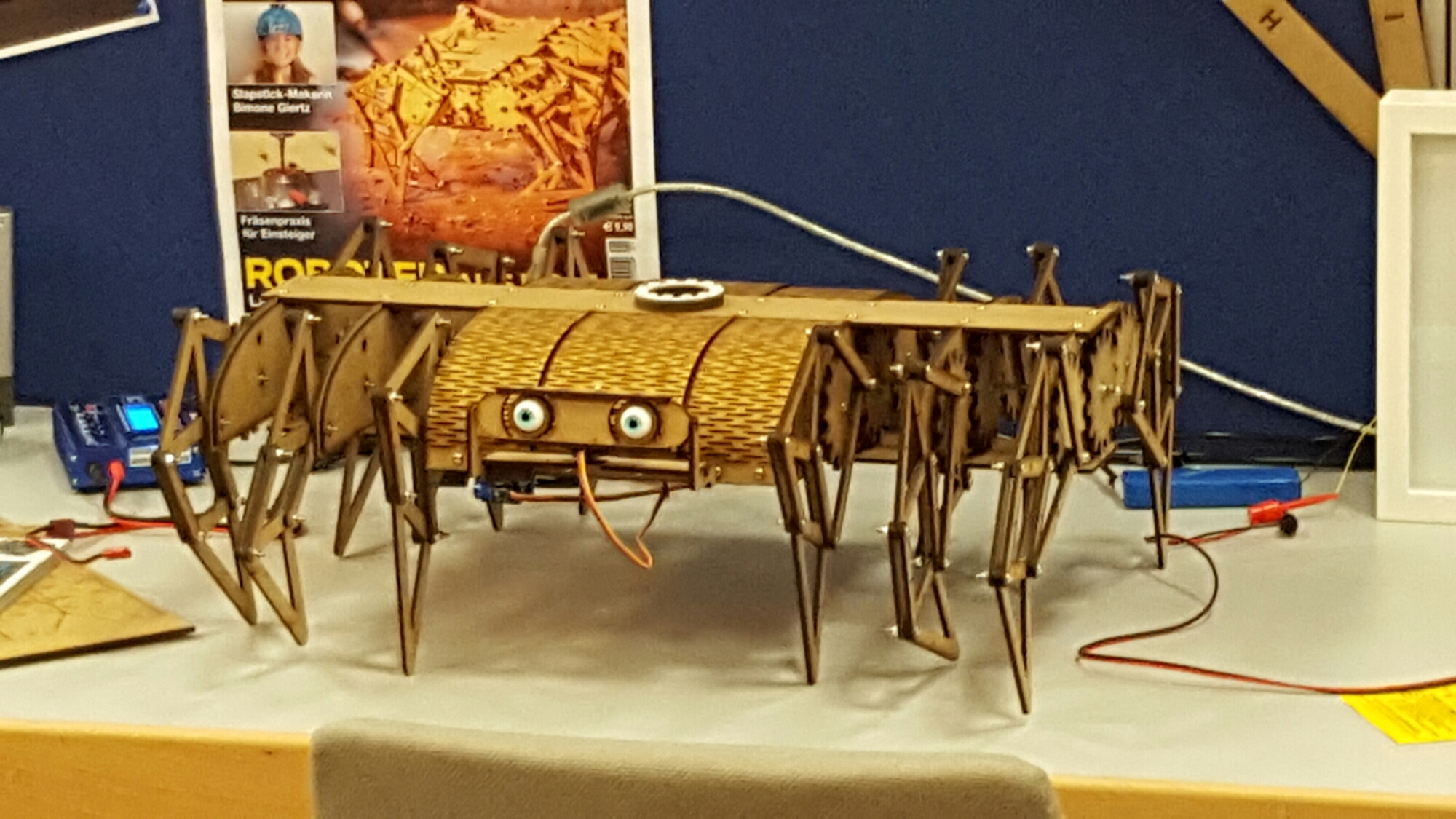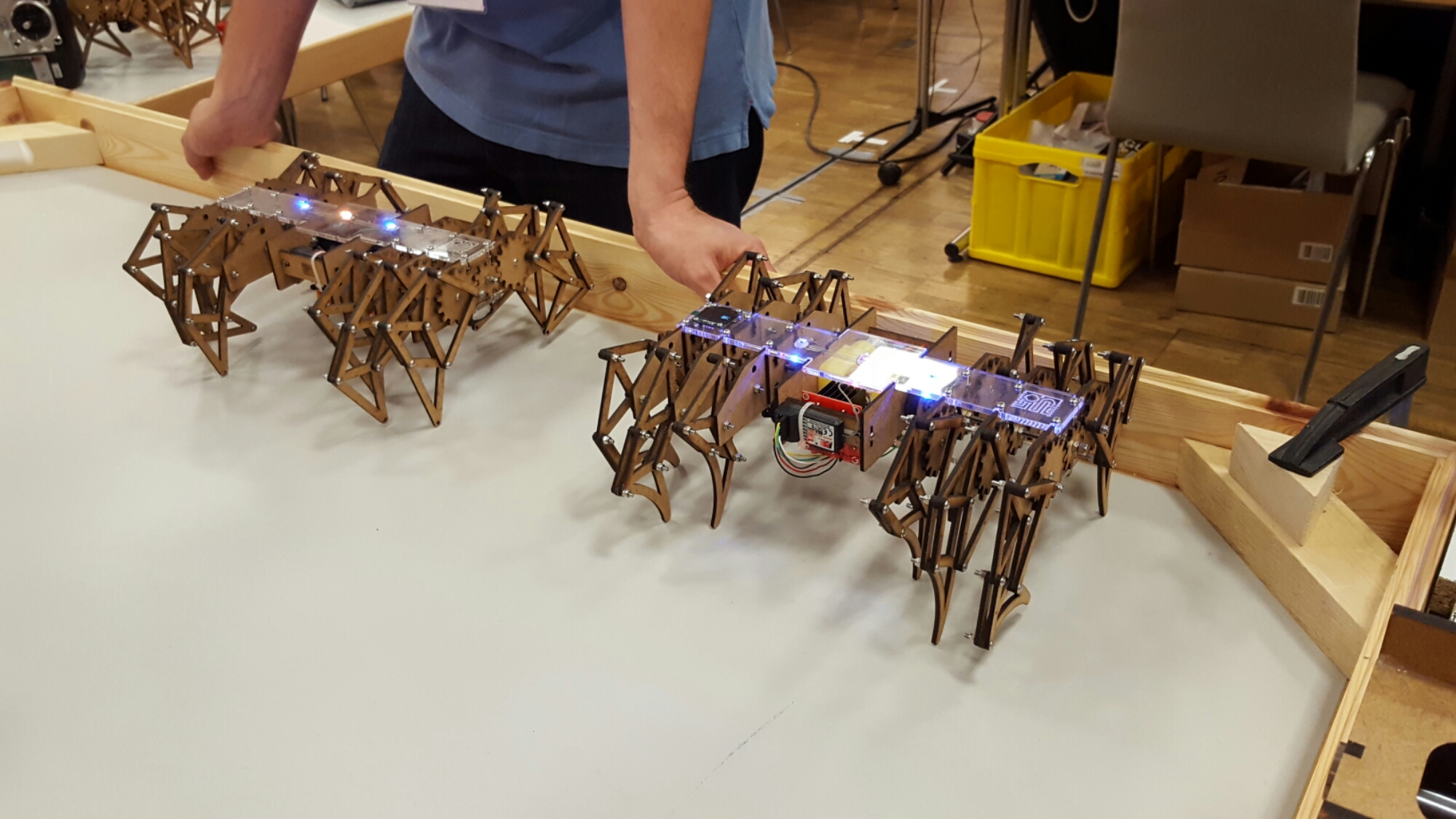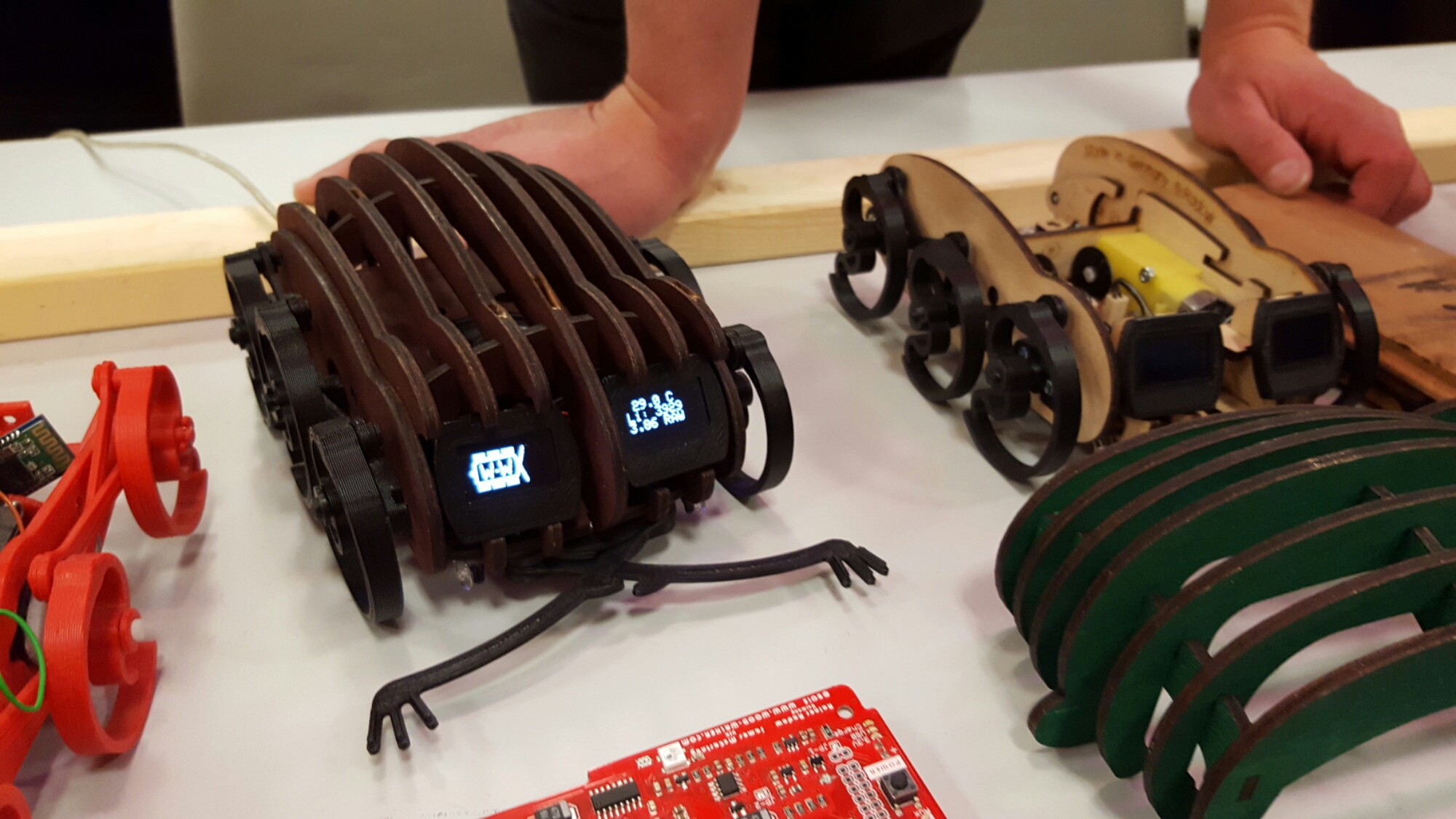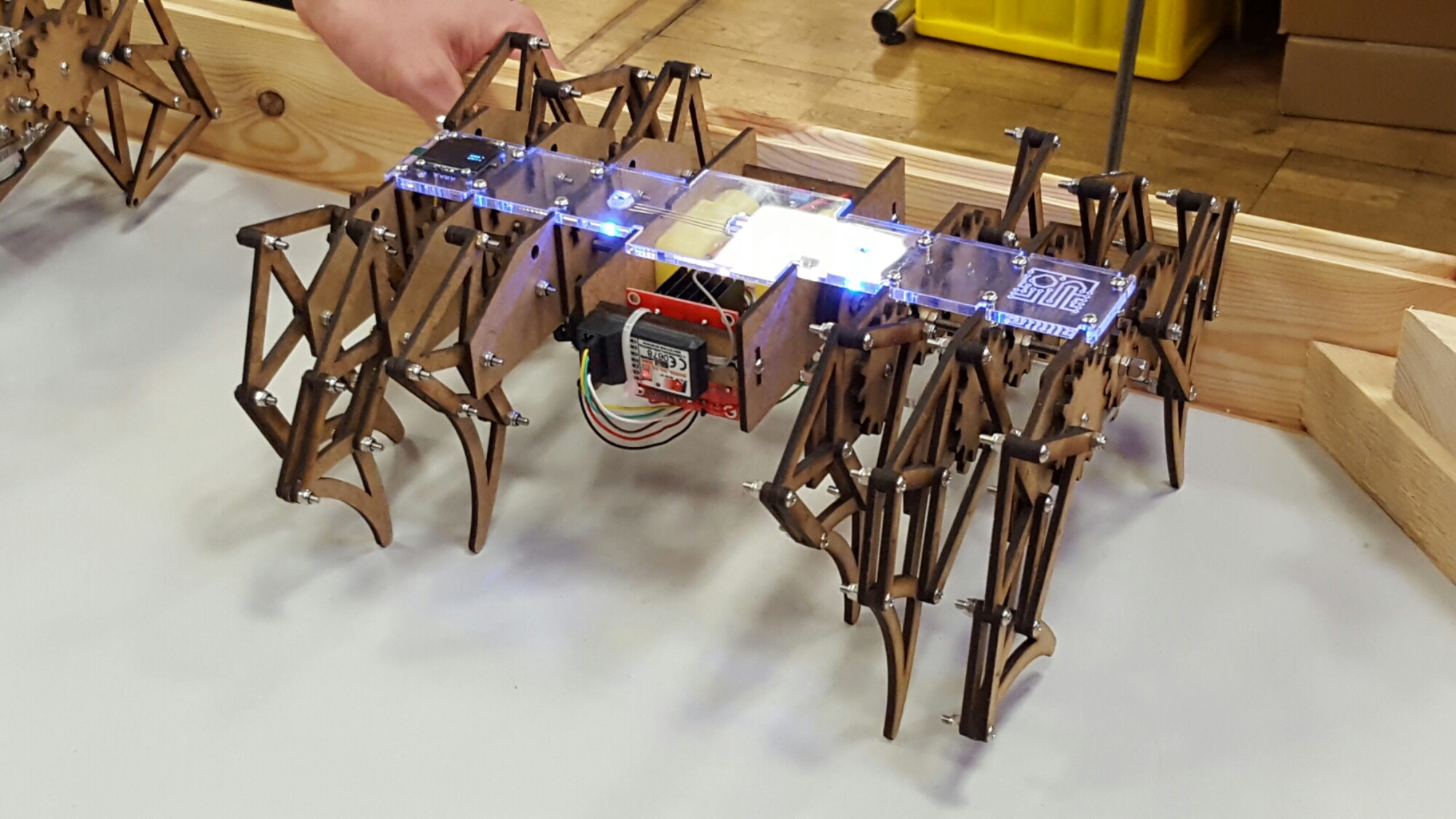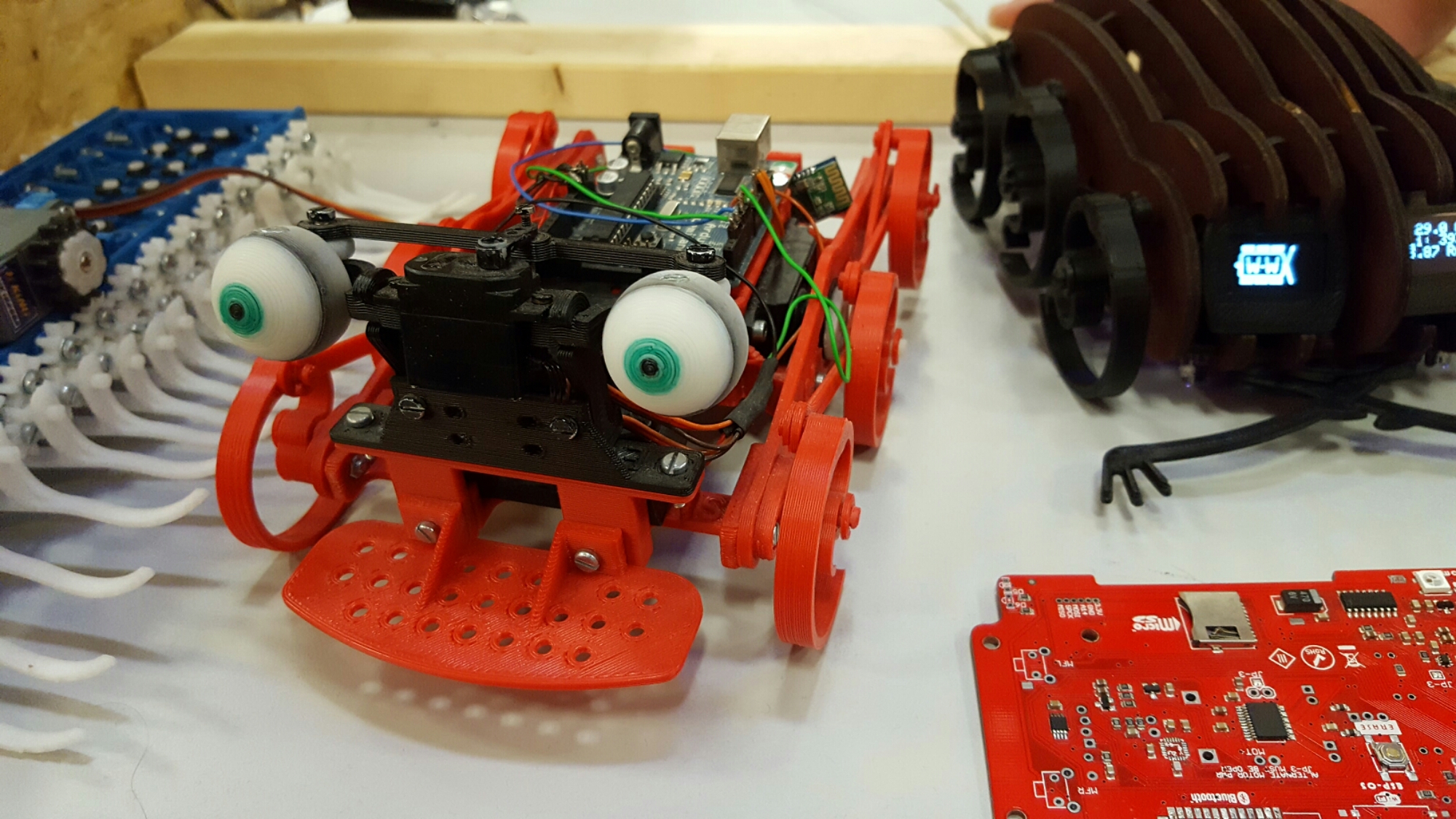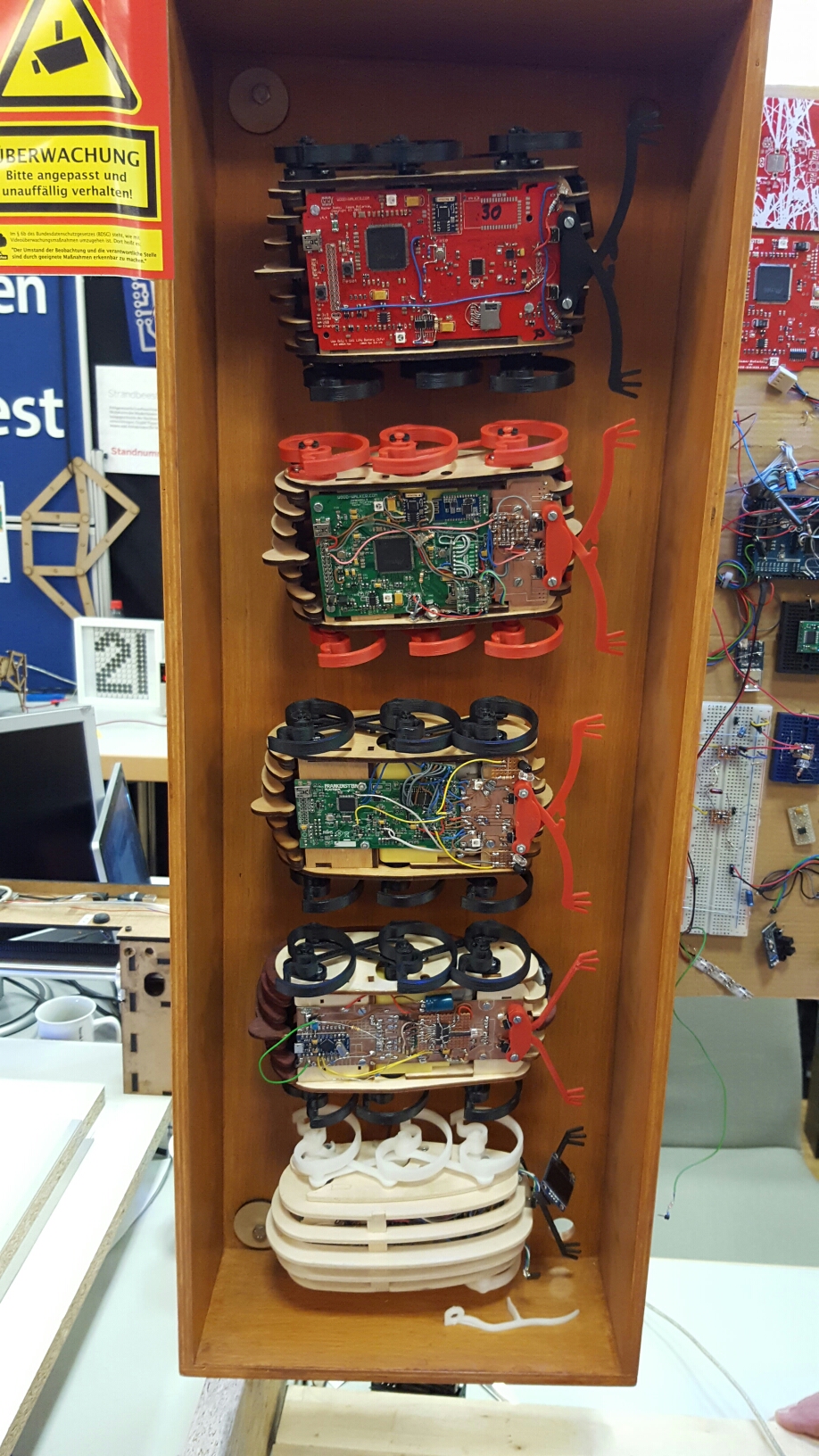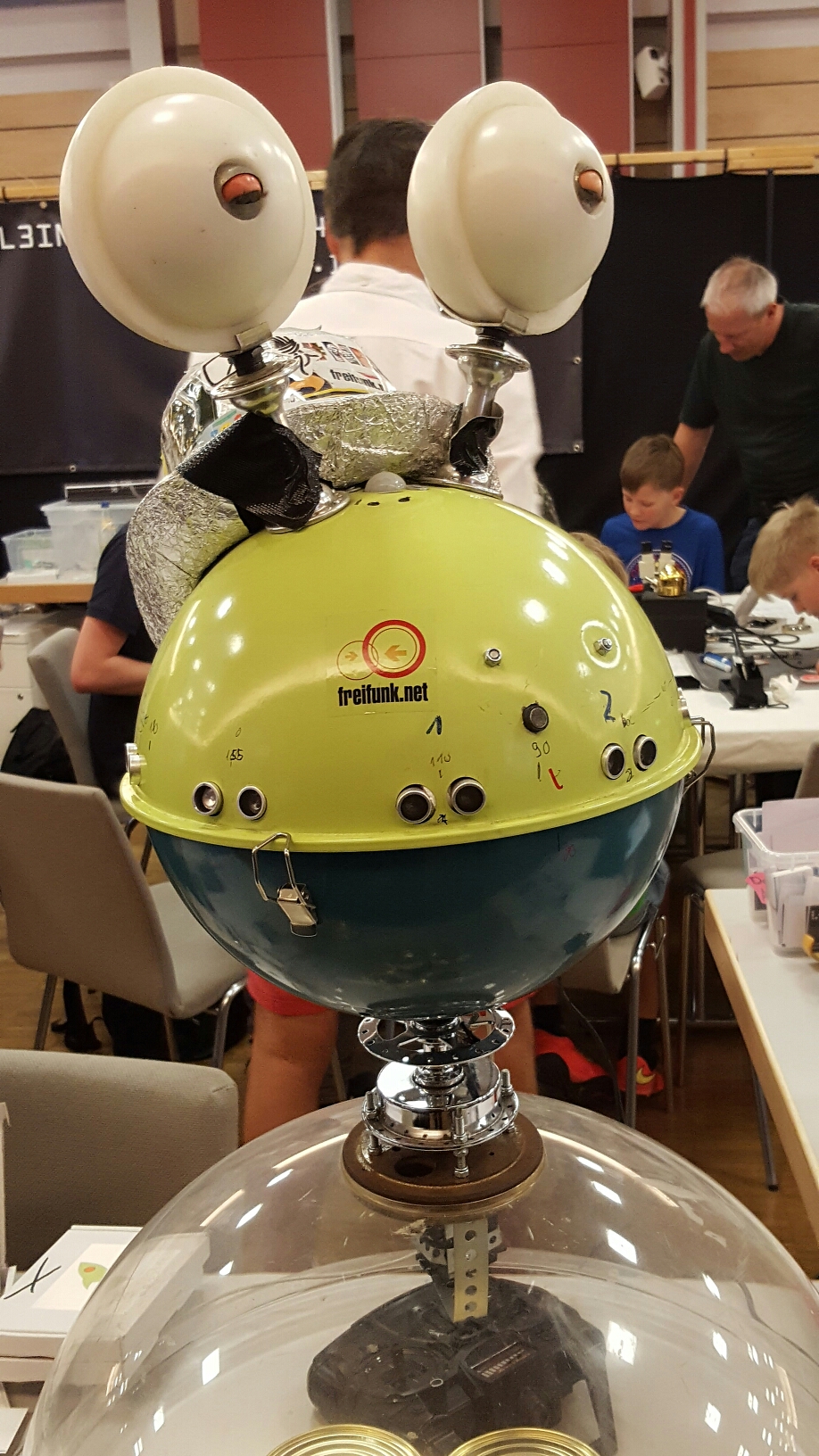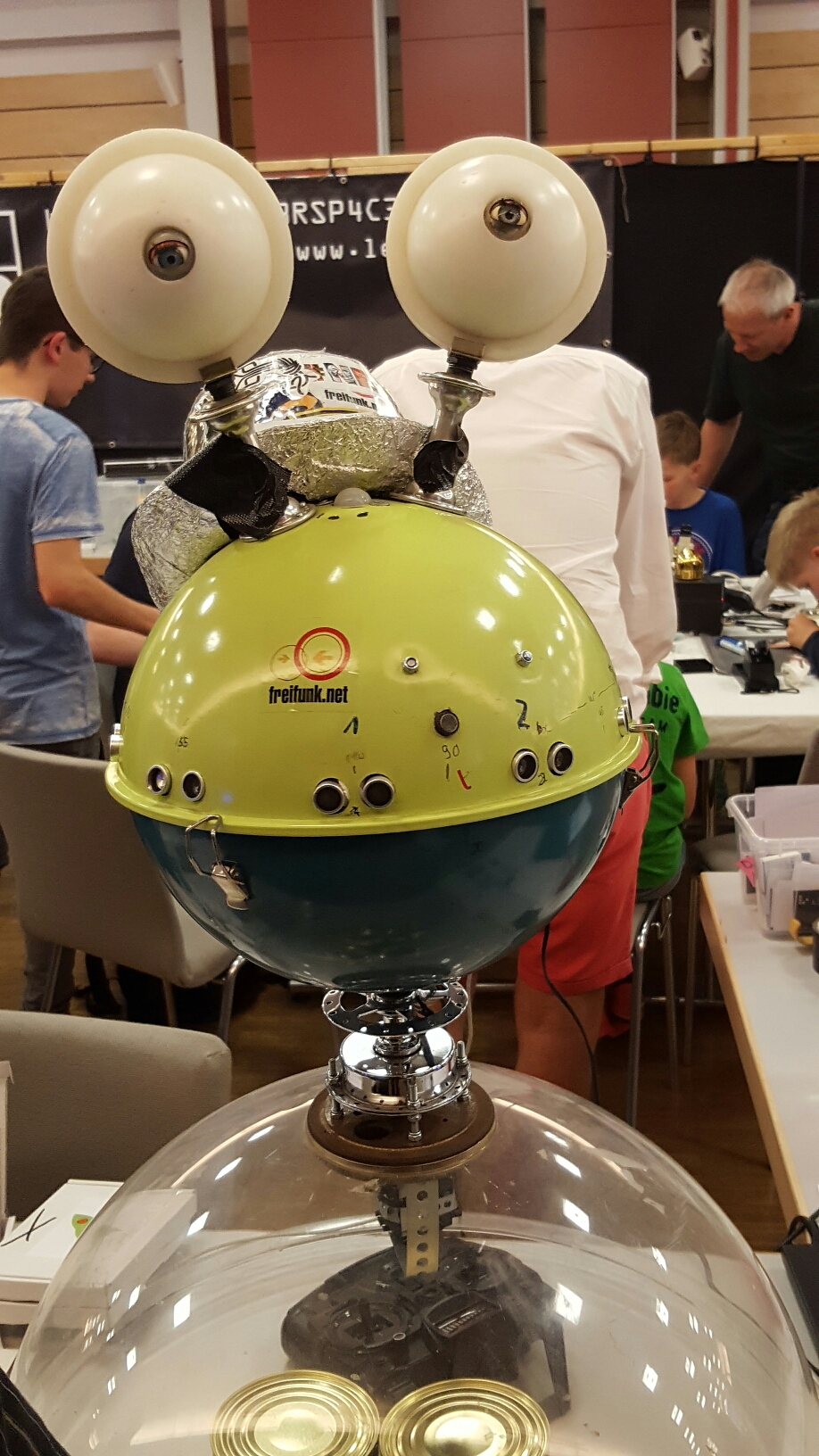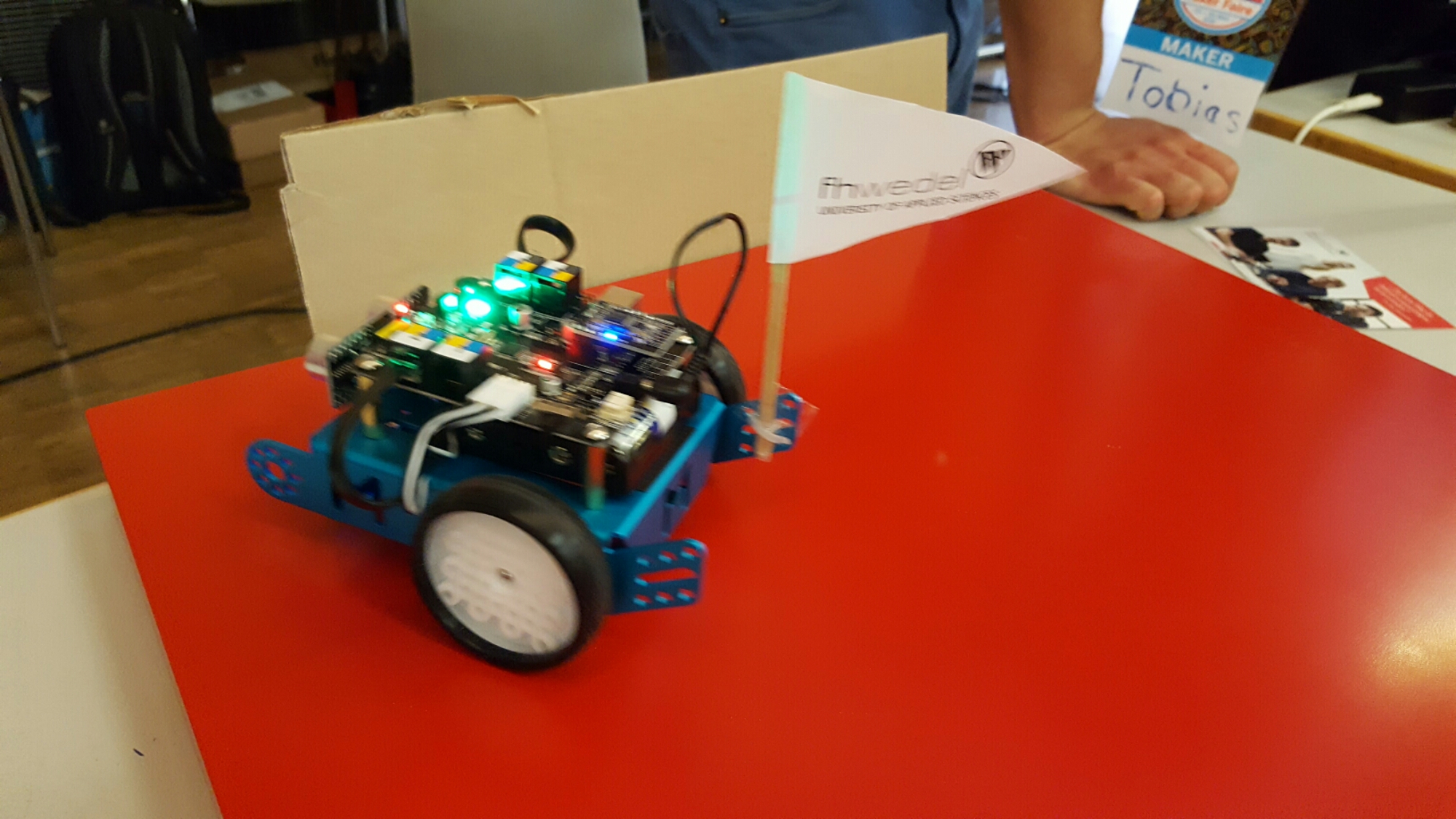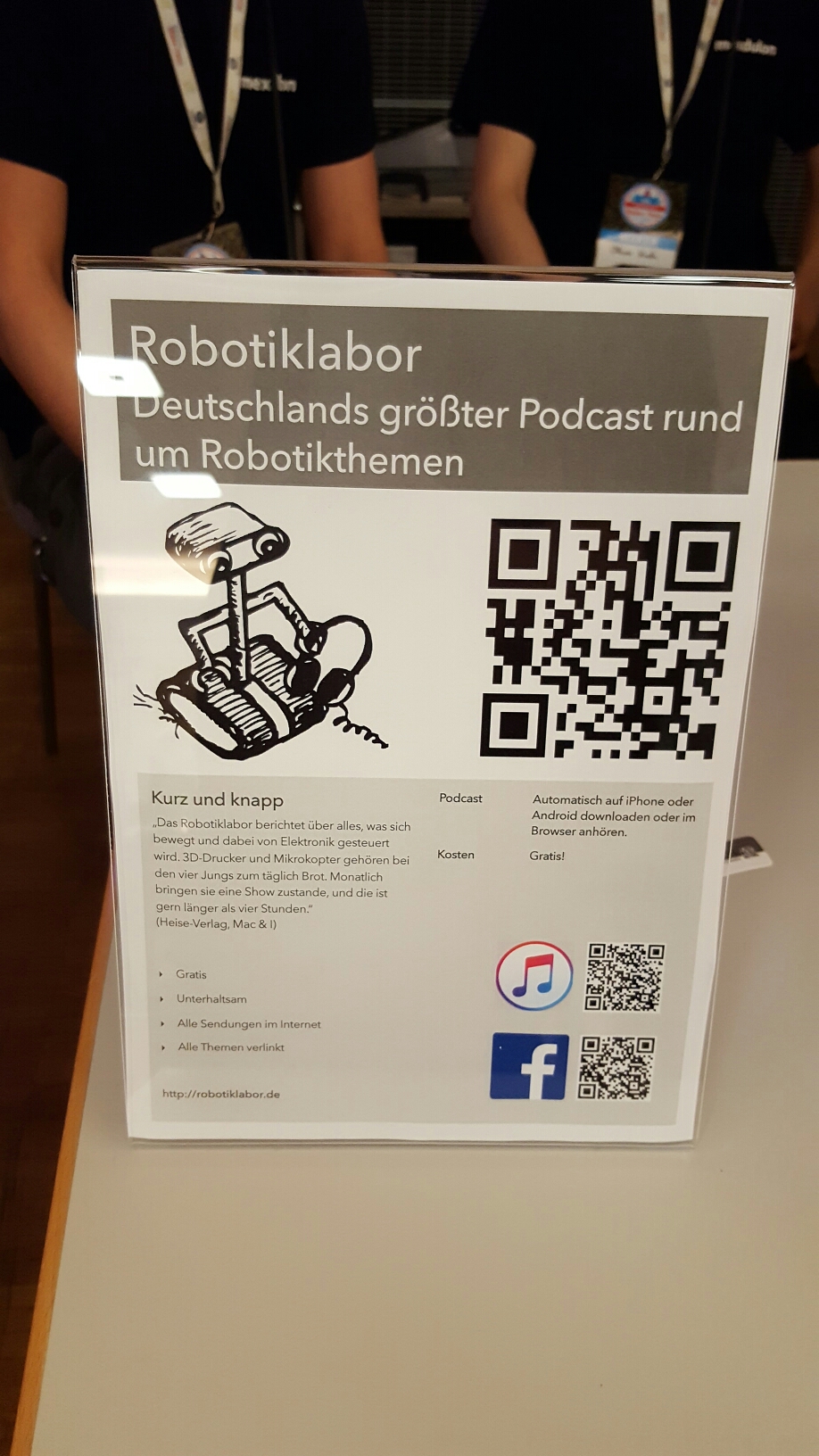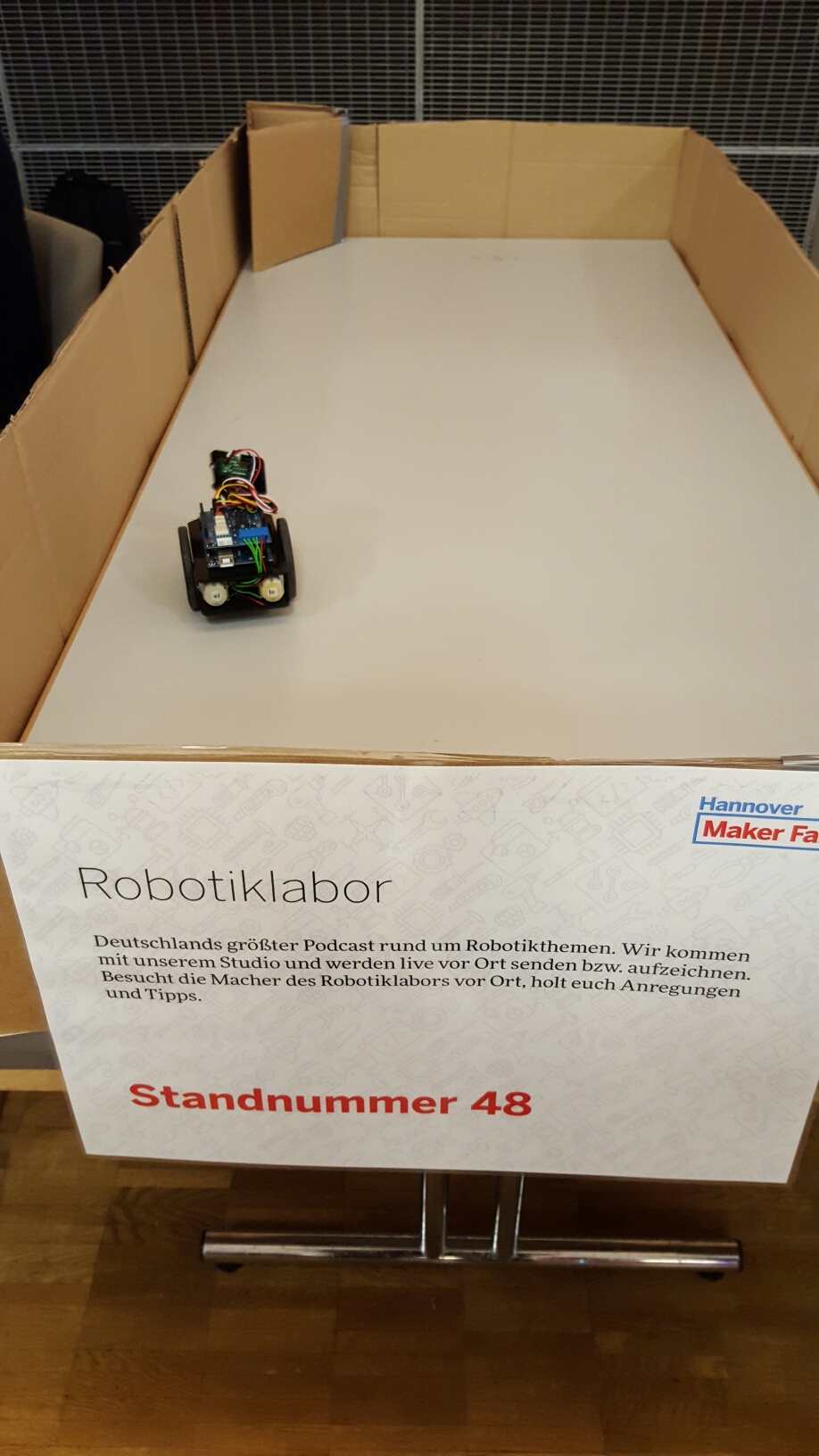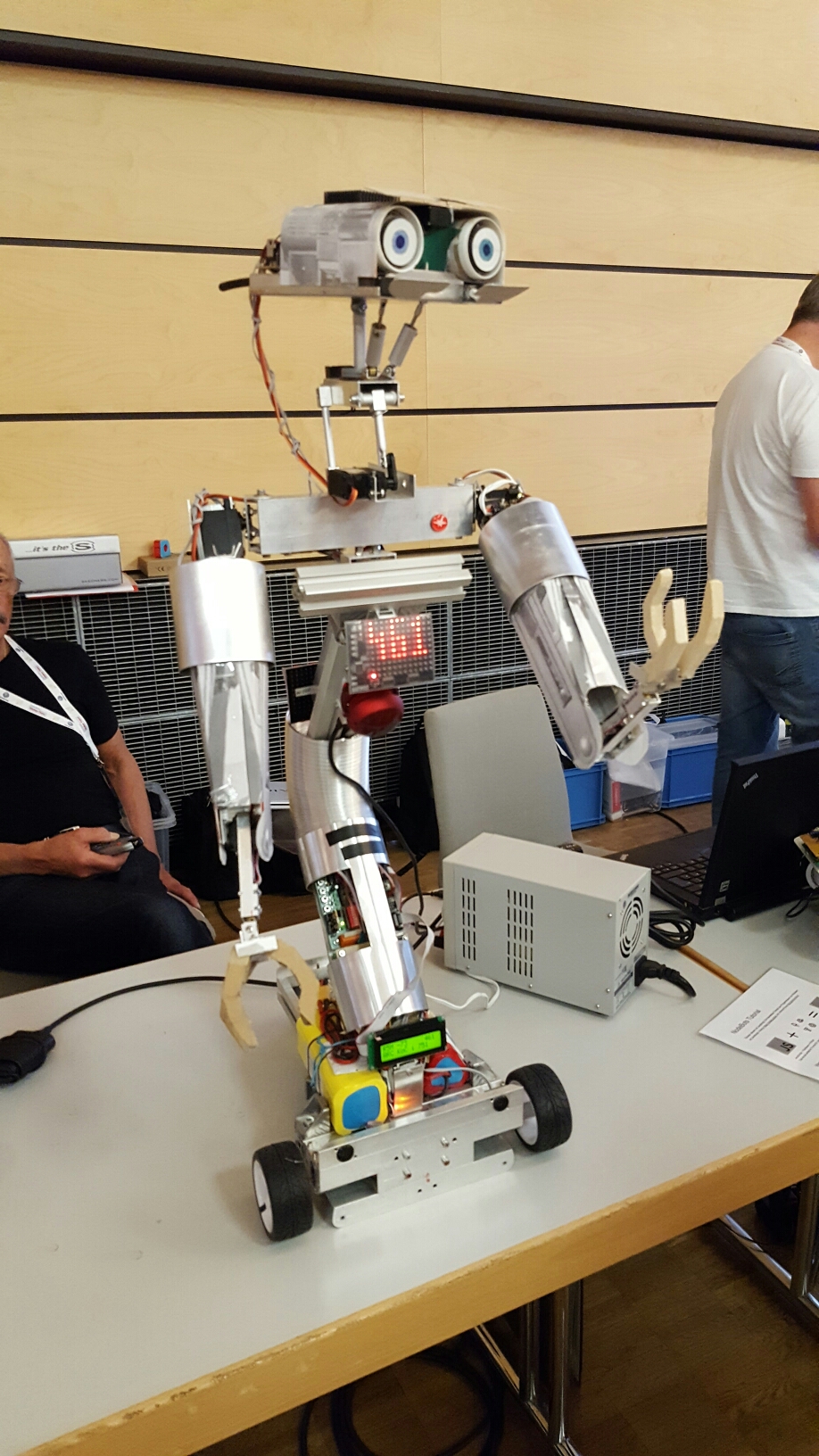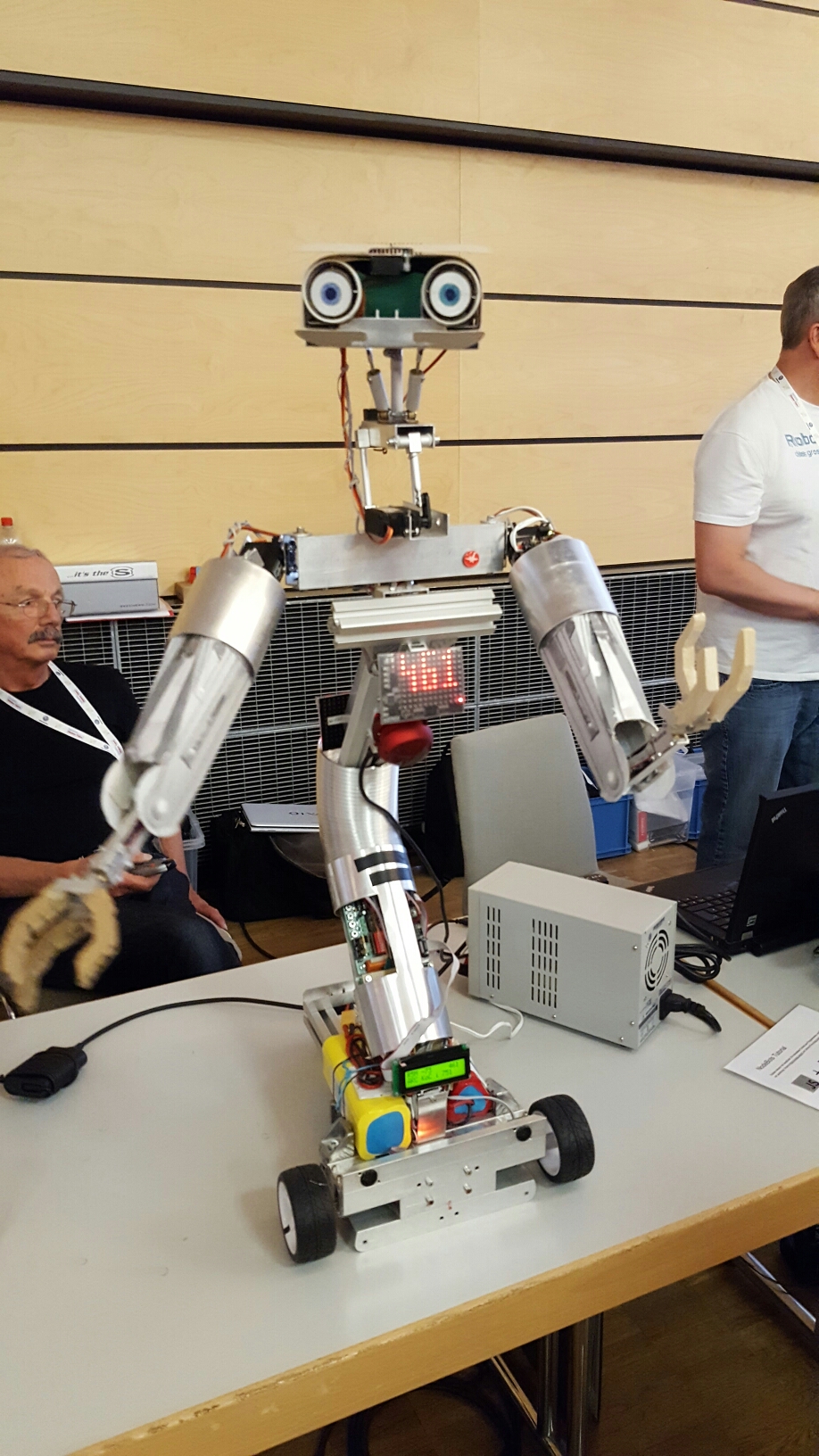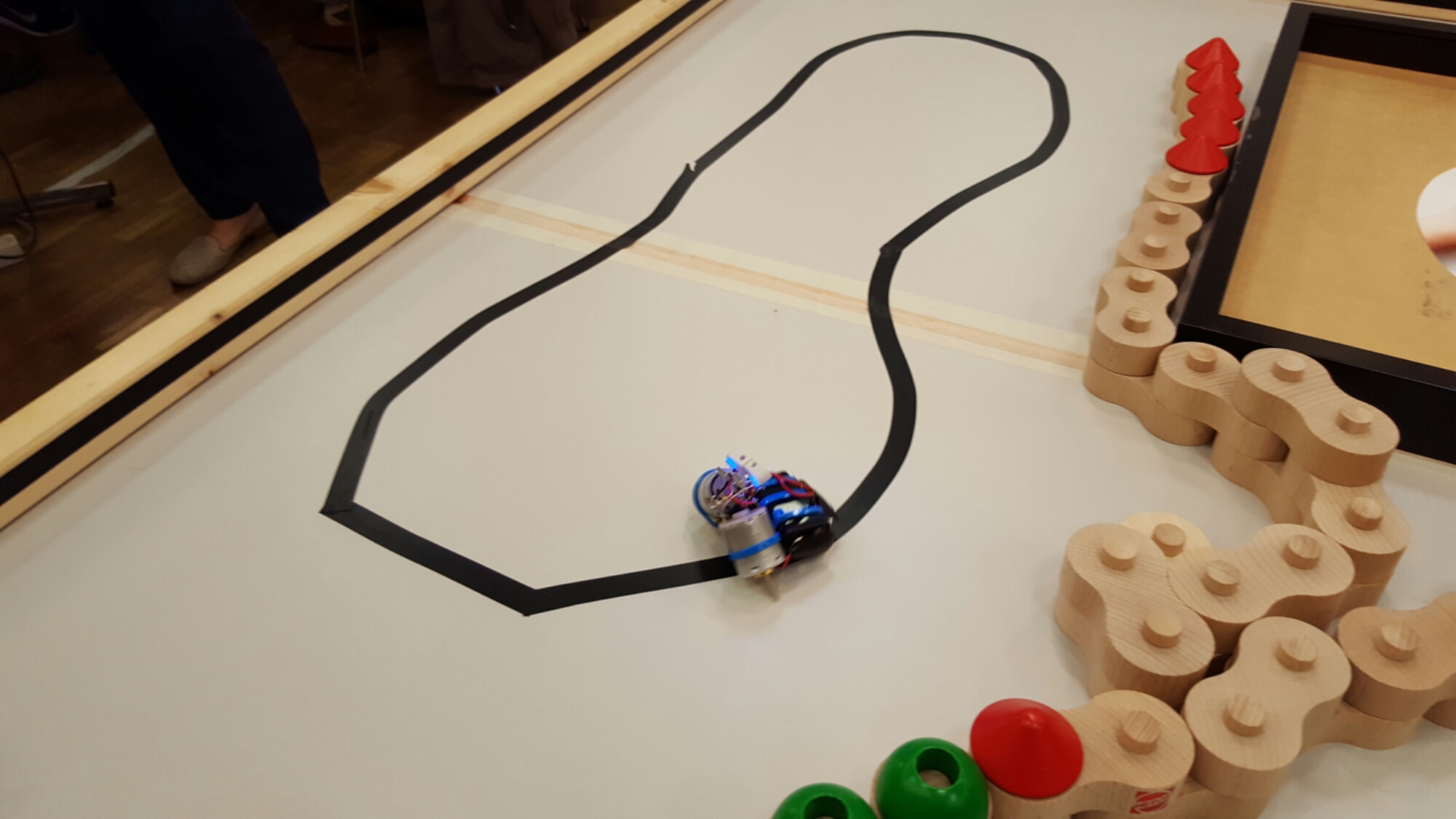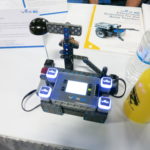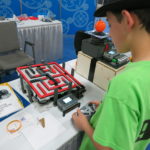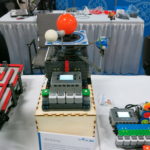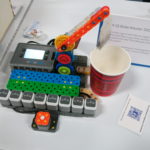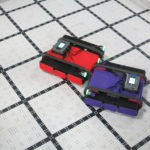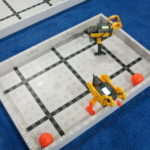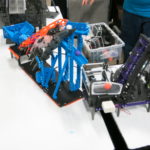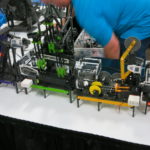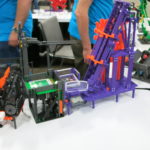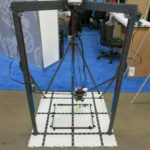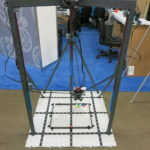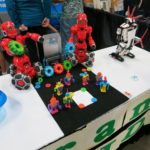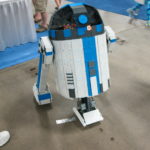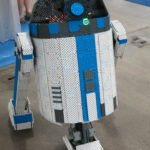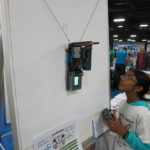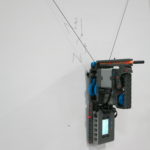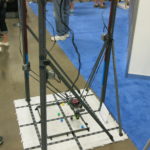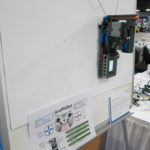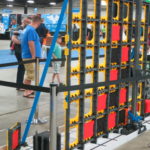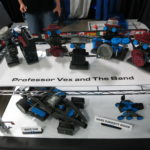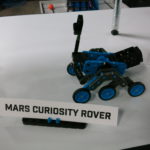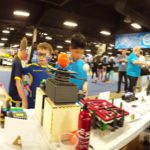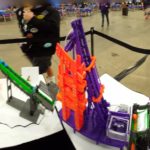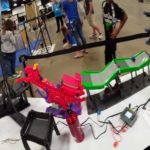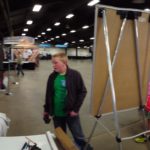For the first time this year, all renowned robotics manufacturers with innovations across the board will be at AUTOMATICA in Munich from June 21 to 24. Gone are the days when progress was defined by improvements in details. This time solutions are signaling a new era of automation with new approaches that do justice to the demands of human-robot collaboration (MRC) and Industry 4.0.
The robotics business around the world is booming. The World Robot Association IFR reported a global sales record of eight percent in 2015 in the industrial robot sector. The number of industrial robots sold worldwide reached the mark of 240,000 units for the first time.
„The worldwide sales of industrial robots in 2015 confirmed that we are in very exciting times for the robot industry,“ Per Vegard Nerseth, Managing Director at ABB Robotics, stated. „With the start into 2016, the traditional drivers in our industry are being complemented by a huge demand for solutions in the Internet of Things (IoT) as well as the services & people areas. I believe that this development will result in a new record year.“
MRC: A new generation of robots is ready for the market
Collaborating robots are paving a revolutionary new way for SMEs to automate their production on an optimum technical level and consequently secure their competitive position while cutting costs. Manufacturers are taking different approaches in developing their collaborative robots. While one faction, including ABB, Kuka, Universal Robots, Yaskawa and Co. relies on special machines for MRC, Stäubli and Fanuc design their standard robots for MRC applications. A big advantage for AUTOMATICA visitors: All major robot manufacturers are represented at the trade fair, which enables a direct comparison of these solutions.
 |
Per Vegard Nerseth, Managing Director of ABB Robotics, expects a new record year for robotics.
Photo: ABB |
Industry 4.0 and MRC
Stäubli will highlight the performance of his new TX2 six-axle series in a variety of demonstration applications at its largest ever AUTOMATICA booth. In a realistic smart factory, different TX2 models in several linked cells put their Industry 4.0 compatibility as well as their collaborative skills to the test. The mobile, autonomous robot system HelMo will be employed for the first time, which makes mobile use possible for the TX2 six-axle robot.
 |
AUTOMATICA is the most important trade fair event this year for Gerald Vogt, Managing Director of Stäubli Robotics.
Photo: Stäubli |
You can also see the major trends in robotics of highly flexible and tightly networked I4.0 production concepts, intuitive operation of robots and MRC solutions at Kuka. In networked production installed at its booth, Kuka is linking its products designed for Industry 4.0, including the mobile KMR iiwa and the Swisslog shelving system Cyclone Carrier, a prime example of a modern production concept. Via the Swisslog software Warehouse Manager WM 6, all components of the smart factory are able to communicate with each other and provide information about the respective order status.
 |
In addition to solutions for networked production, Kuka is exhibit-ing new six-axis robots, including the small robot KR 3 Agilus.
Photo: Kuka Roboter |
Green „CR World“ on the „Yellow Highway“
With 24 system partners, Fanuc is exhibiting the full range of robotics on the „Yellow Highway”. New features include the collaborative robot CR 7iA and the heavyweight M-2000iA with a payload of 2,300 kg. Another highlight is the „Green CR World“, in which simple application examples as well as unusual use ideas for collaborative robots can be seen. There is also plenty of space for the ideas and solutions of system integrators on the 3,000 square meter booth. New integrators have joined the partners of the first AUTOMATICA fairs. „As a result, we expect a record number of participants this year,“ Olaf Kramm, Managing Director of Fanuc Germany, stated with obvious pleasure; he will be accompanied by his international team at AUTOMATICA.
The importance of AUTOMATICA as platform for the robot market and the outstanding success of FANUC Germany have aroused the curiosity of Dr. Yoshiharu Inaba. The President and CEO of FANUC Corporation wants to get a direct overview of the German and European markets, as well as meet customers and system integrators at the „Yellow Highway”. For this reason the top management of FANUC Corporation will visit the AUTOMATICA in Munich for the first time.
 |
The basis of the new collaborative Fanuc CR 7iA is an LR Mate 200iD with 7 kg carrying load.
Photo: Fanuc |
Yaskawa is also betting on the known fashionable topics, but it also has new robot on board. Bruno Schnekenburger, Division Director Robotics at Yaskawa Europe, stated: “We are going to introduce a newly developed model for MRC applications for the first time in Europe at AUTOMATICA with the Motoman HC10. The robot is extremely slim, so it can be integrated optimally into cramped spaces.“ The new GP series with the Motoman GP7 and GP8 also has a similar slim design. These robots will score with speed, ranges and interfaces for integration into automation environments on the Industry 4.0 level.
 |
The collaborative robot Motoman HC10 from Yaskawa is celebrating its European premiere.
Photo: Yaskawa |
AUTOMATICA shows the complete range of automation
In line with current requirements in the digital manufacturing era, Fraunhofer IPA is presenting different exhibits covering the fields of people at the workplace, products and automation as well as IT infrastructure and networking. Consequently, they demonstrate the added value of production in the sense of Industry 4.0.
In addition to the hot topics, AUTOMATICA is also showing the world of conventional robotics from vision sensors to spot welding guns and all the way to heavy-duty robots. „AUTOMATICA illuminates all facets of automation, and all major exhibitors of the industry are represented. Consequently, this fair is the most important event this year for many exhibitors. It will show the extent to which visions of future automation have become reality,“ Gerald Vogt, Managing Director of Stäubli Robotics, stated.
 |
Industry 4.0 and MRK solutions will be the focus at the booth of the Fraunhofer IPA.
Photo: IPA |

